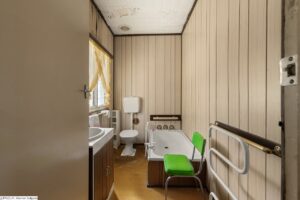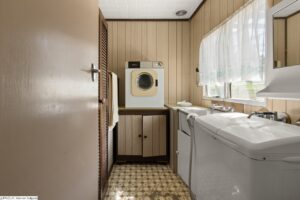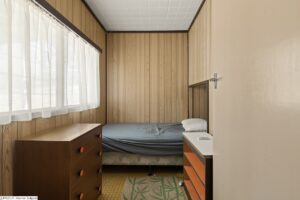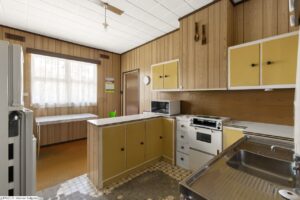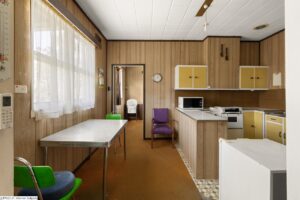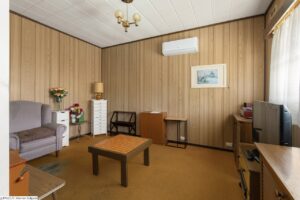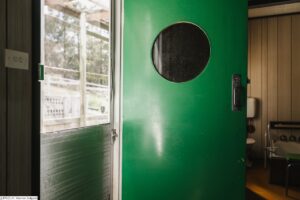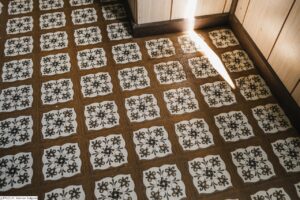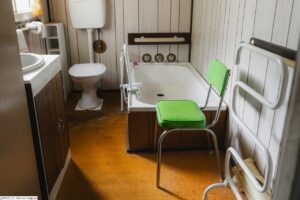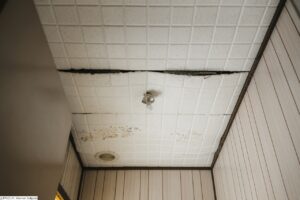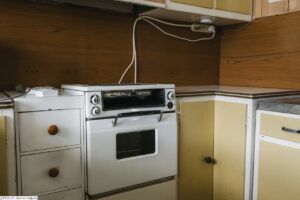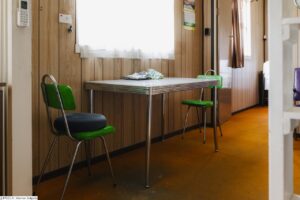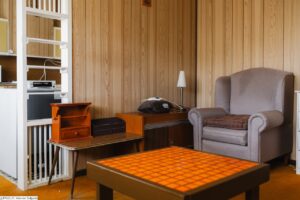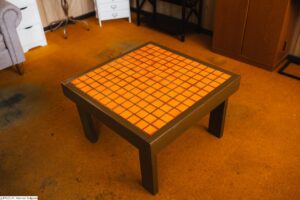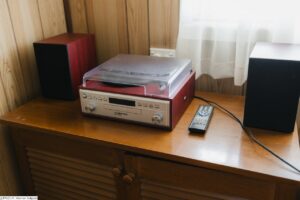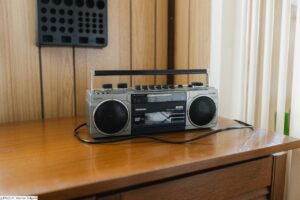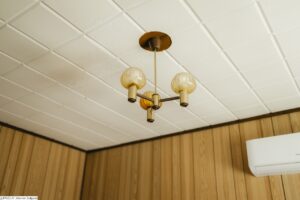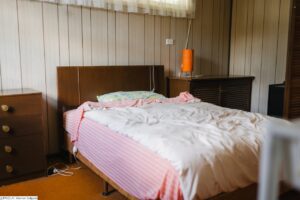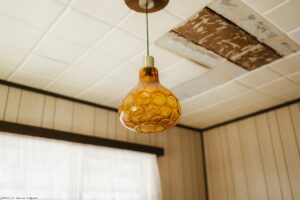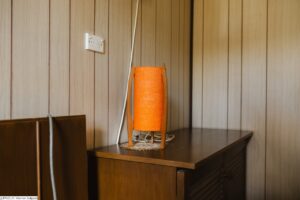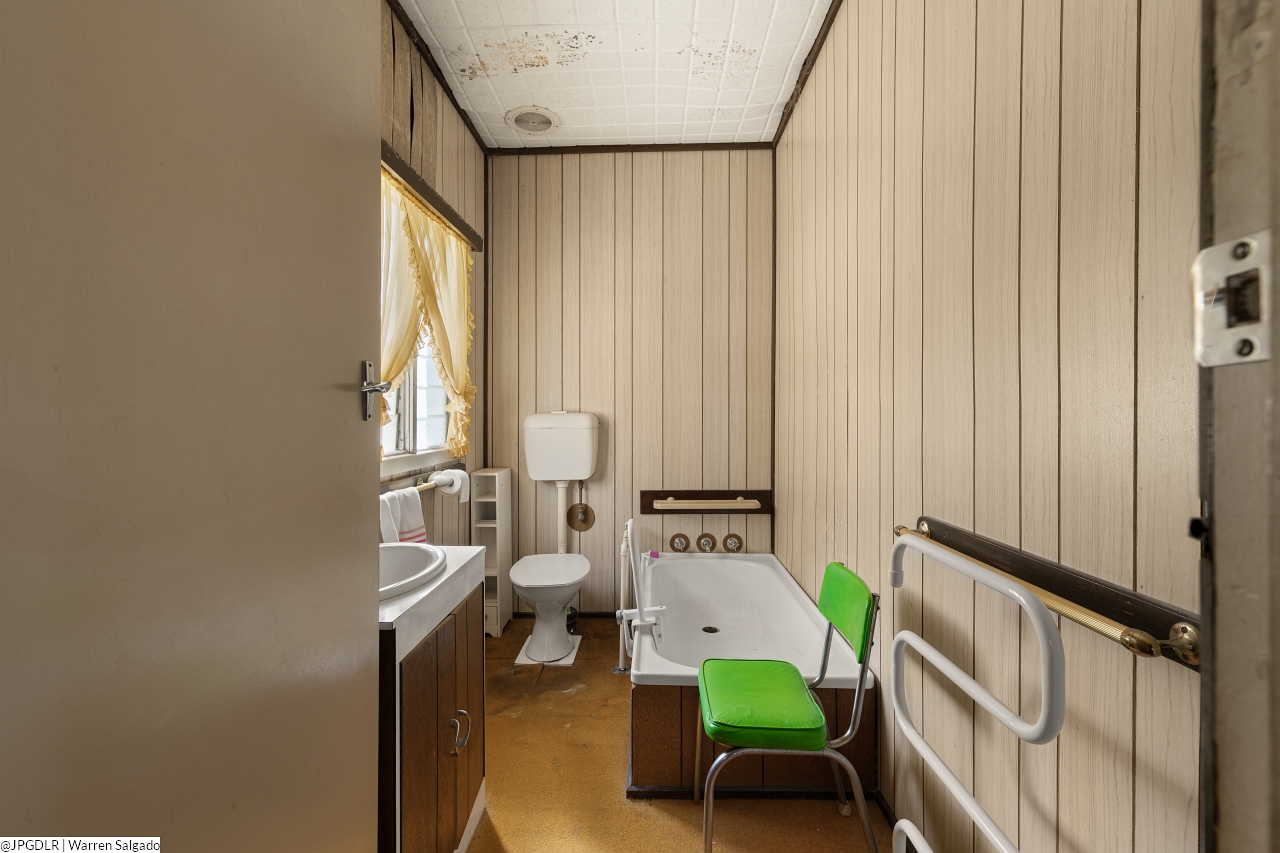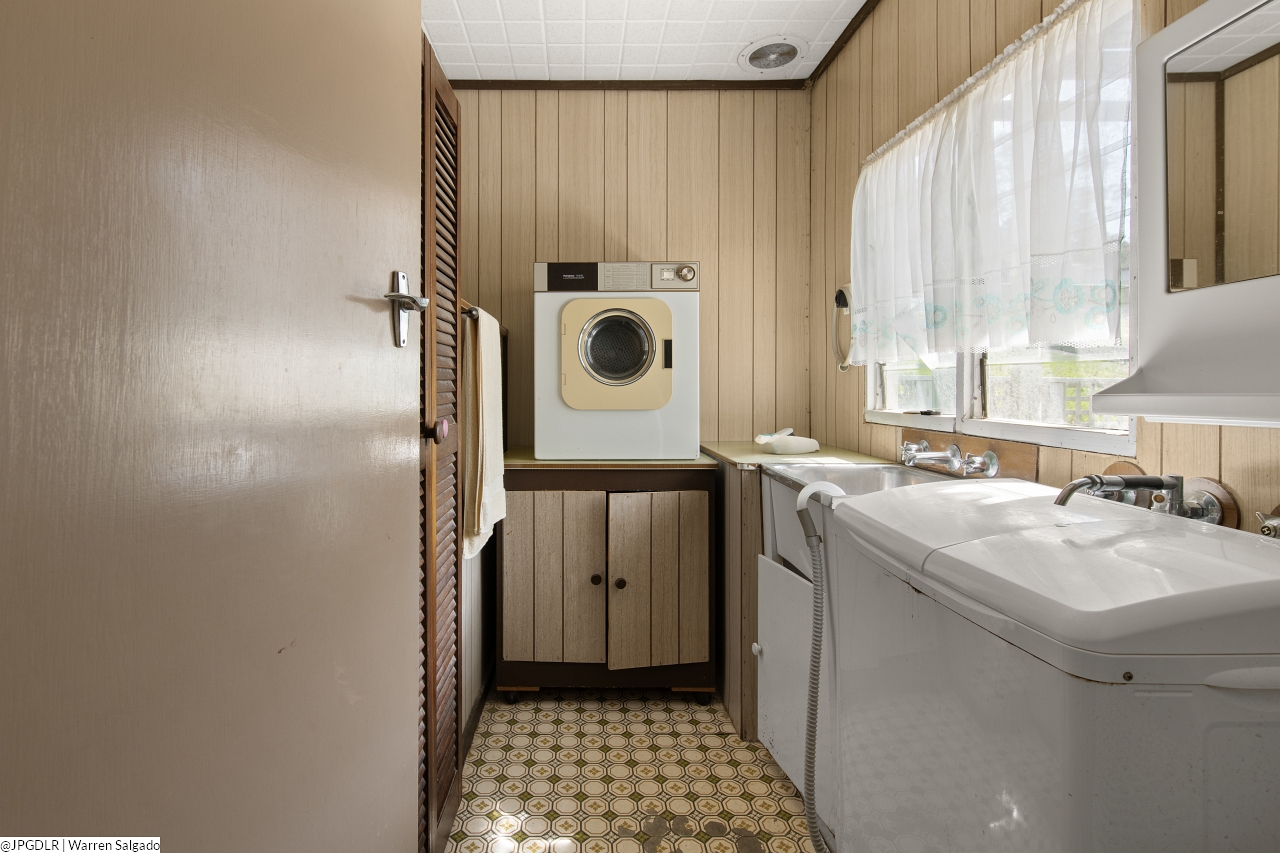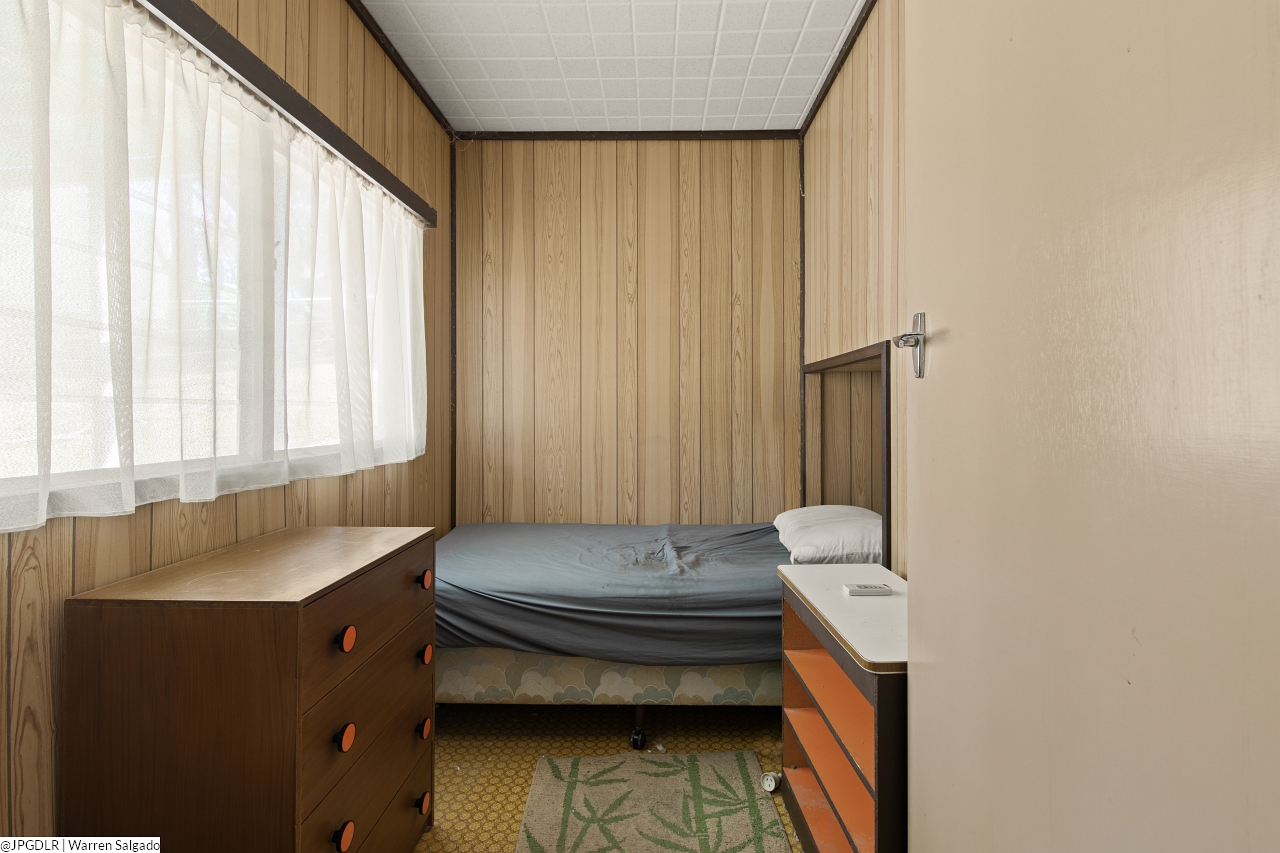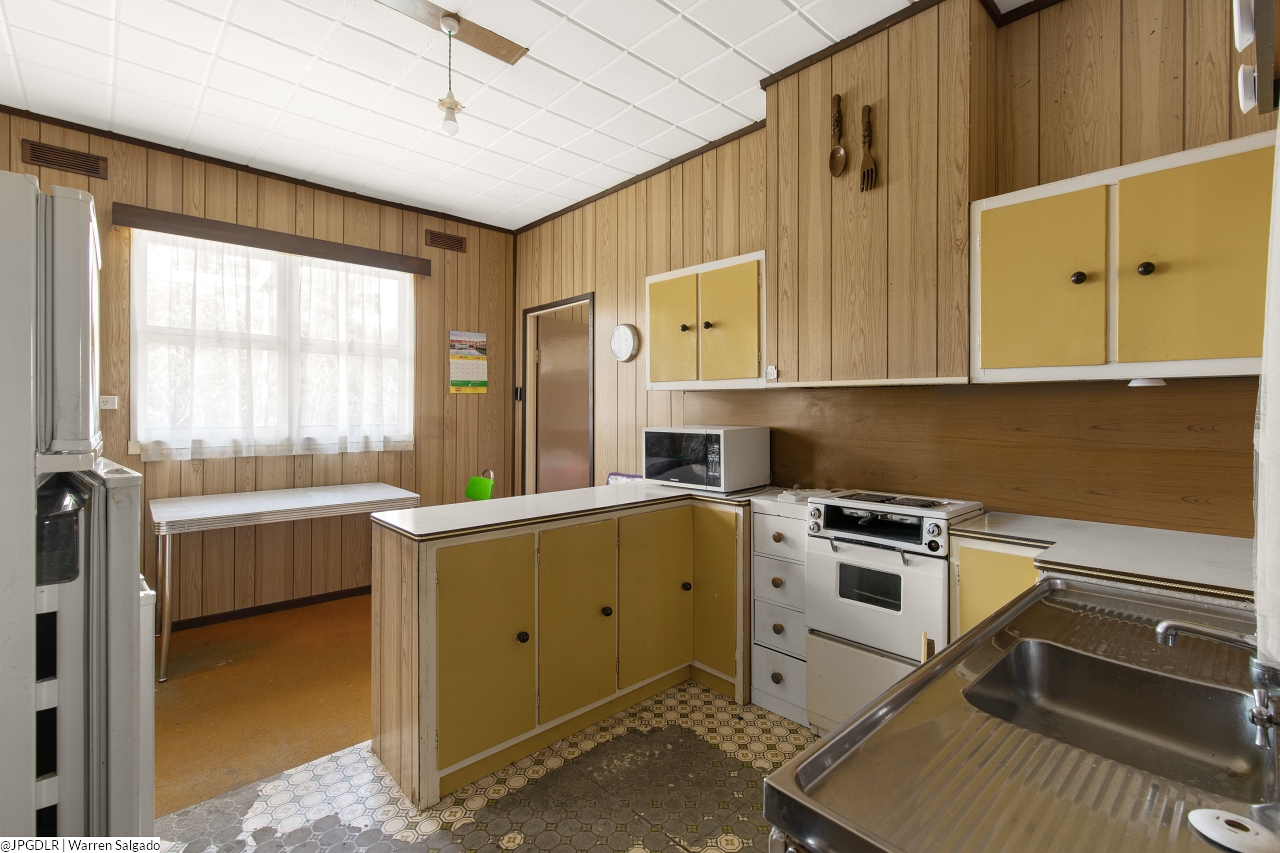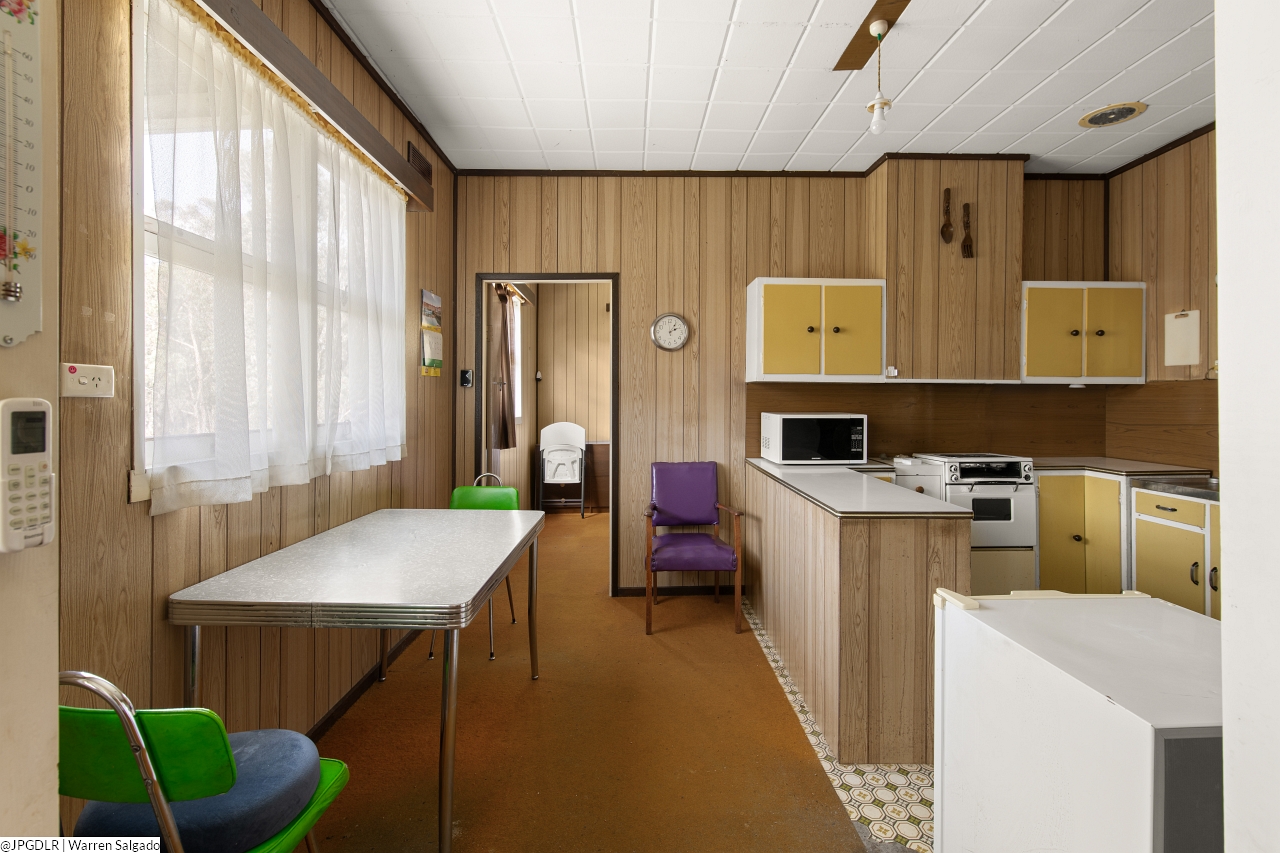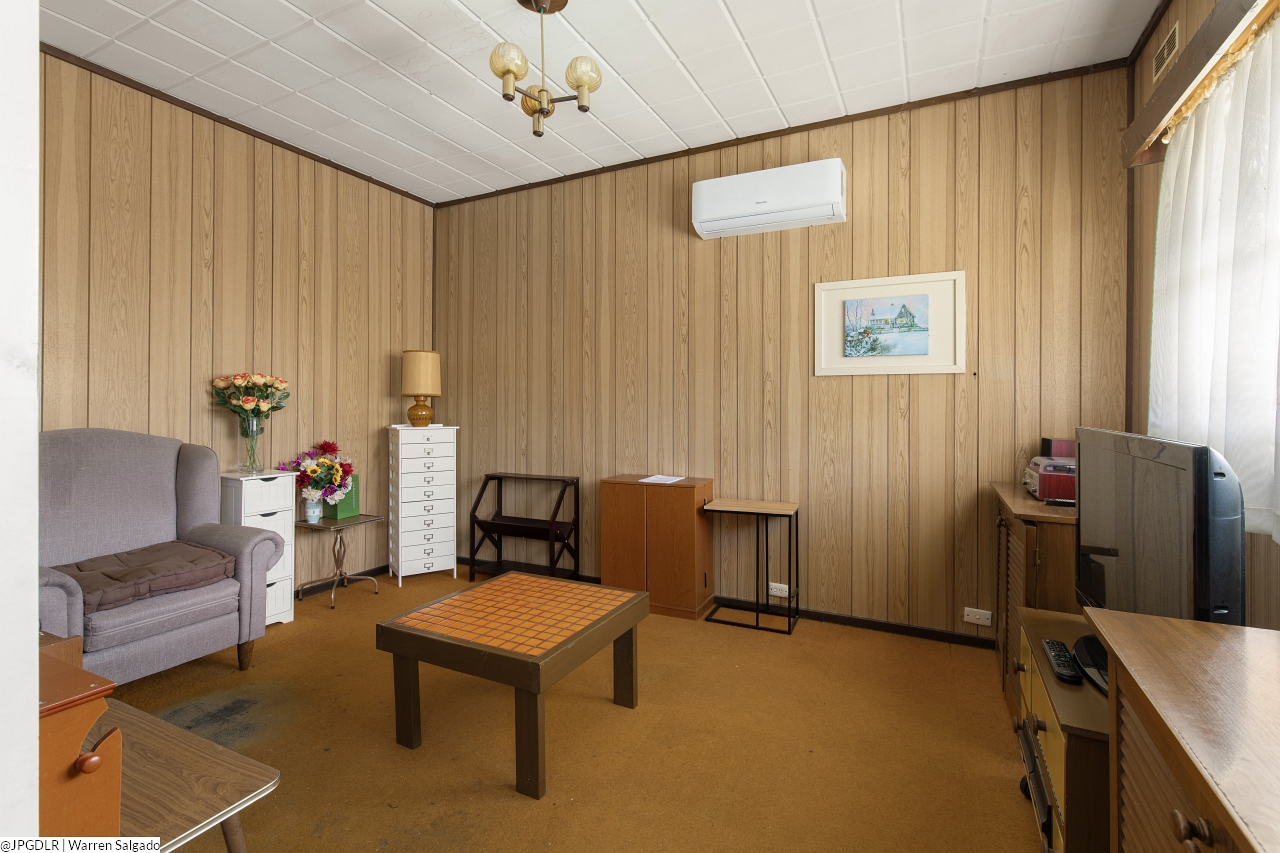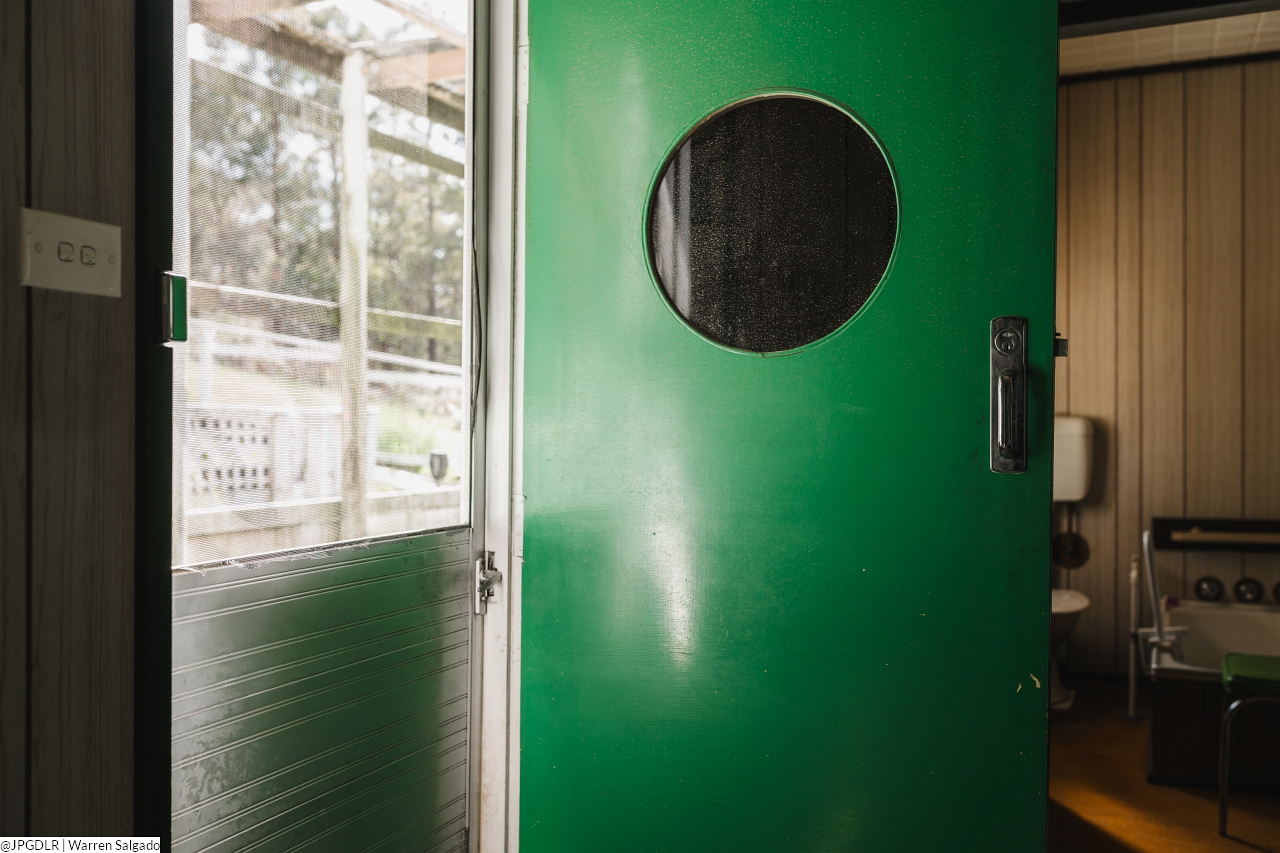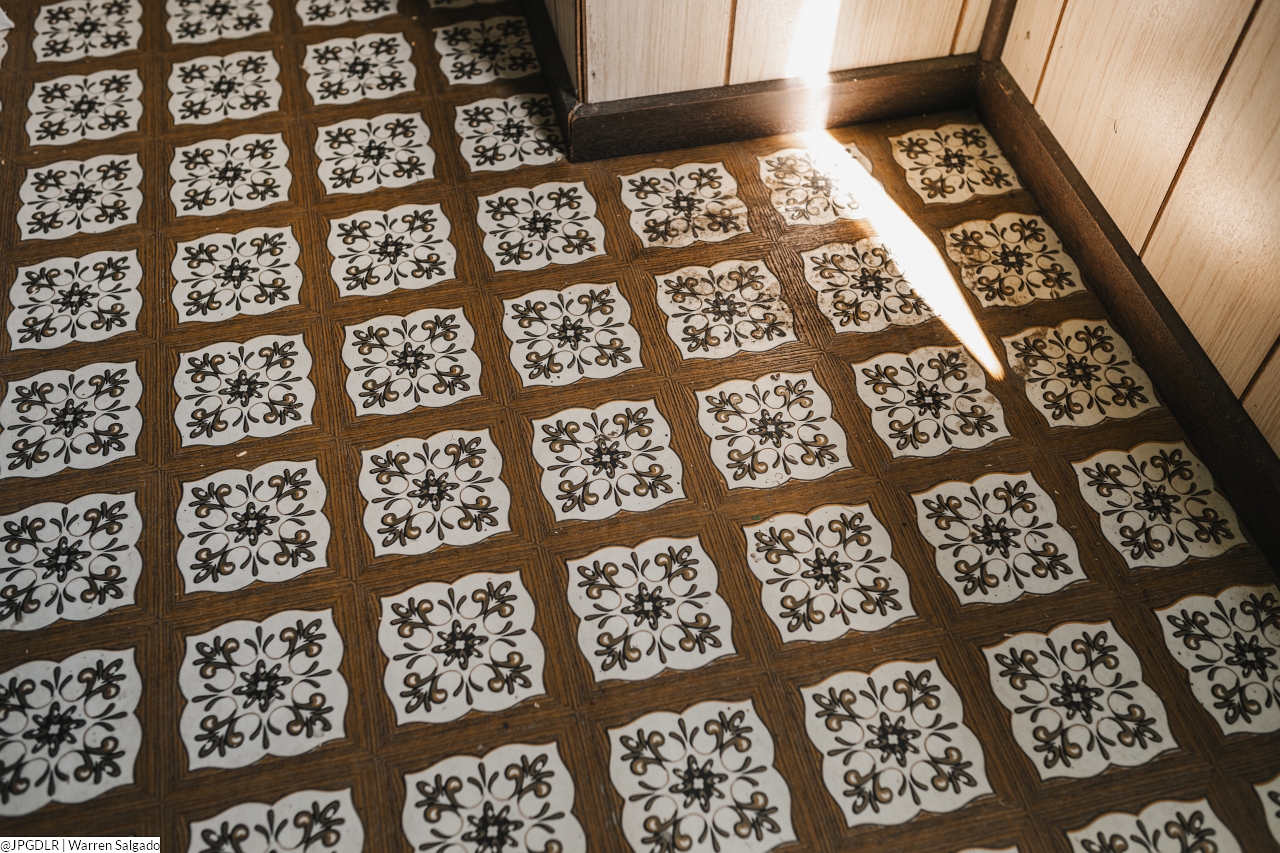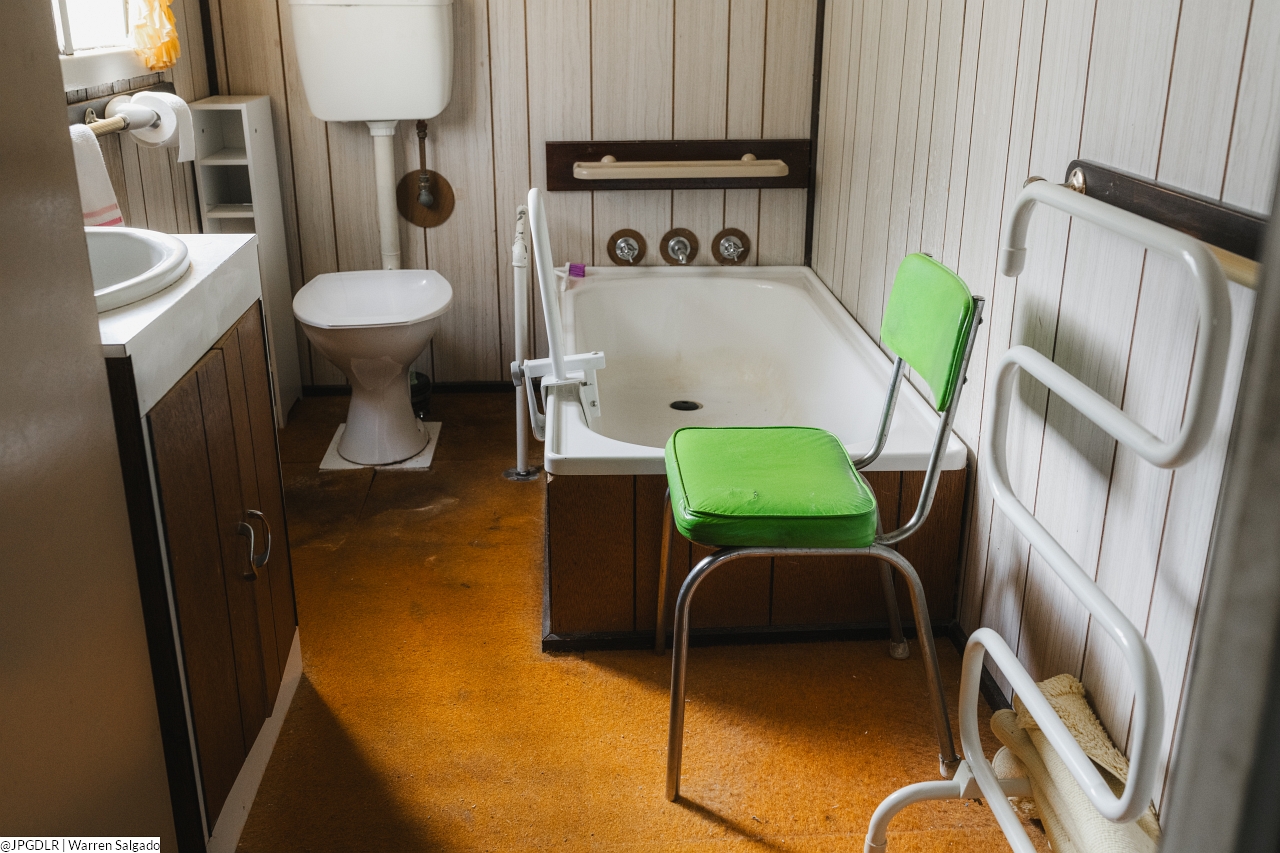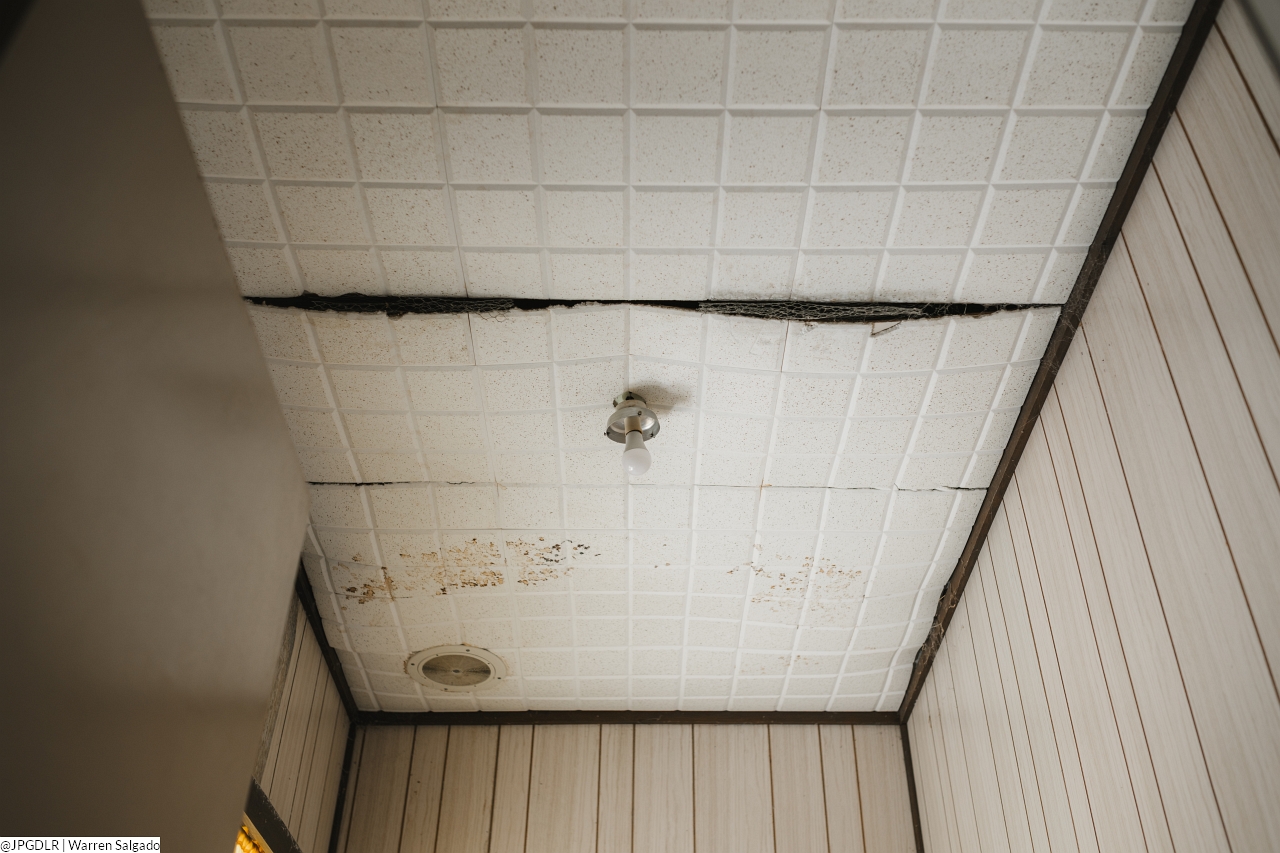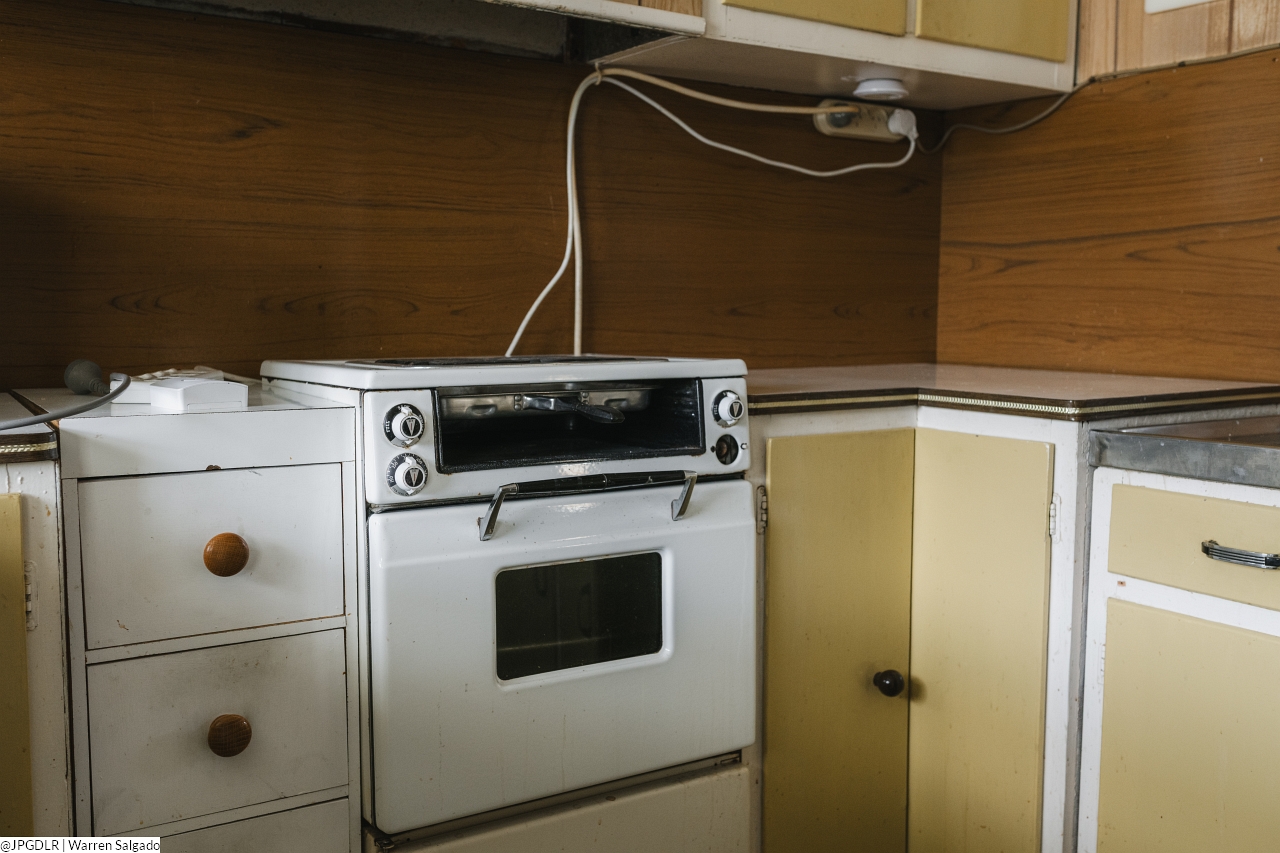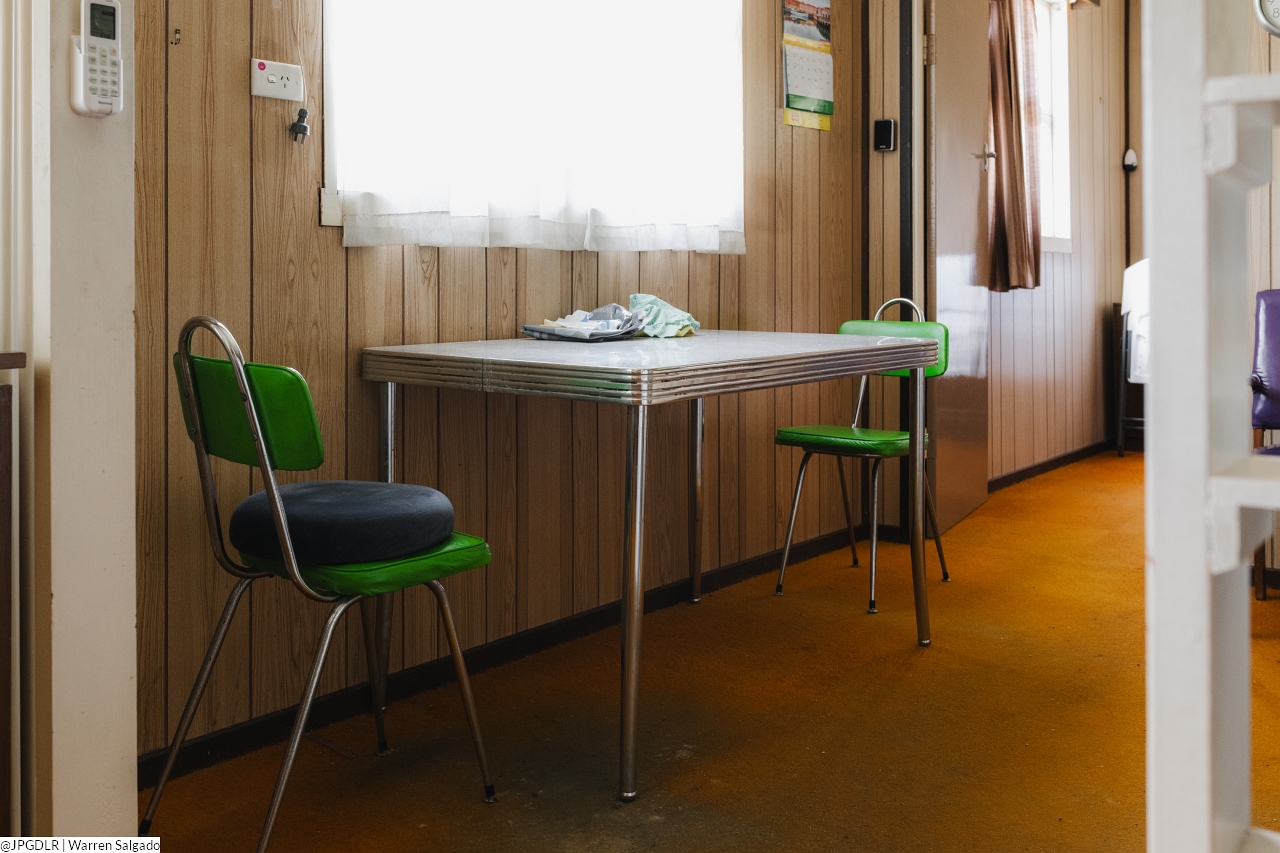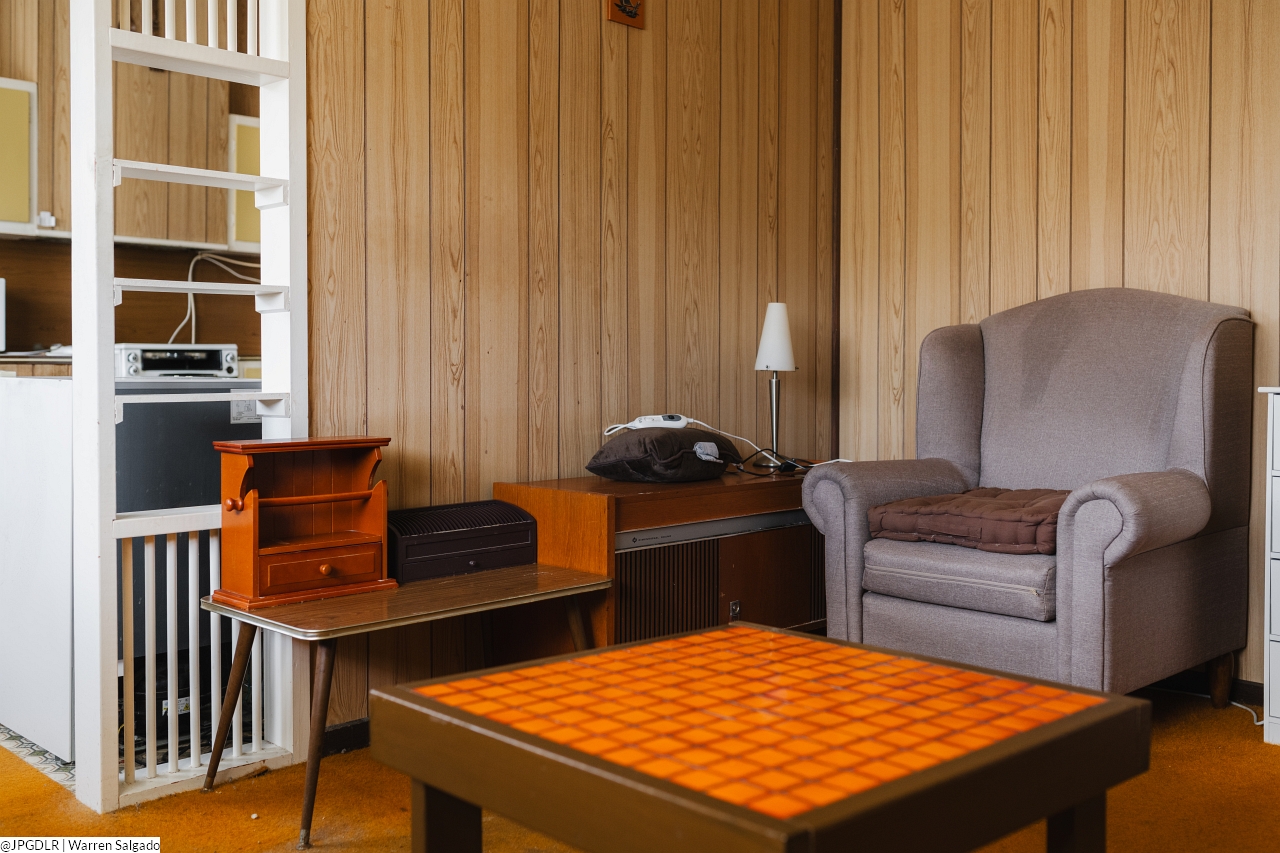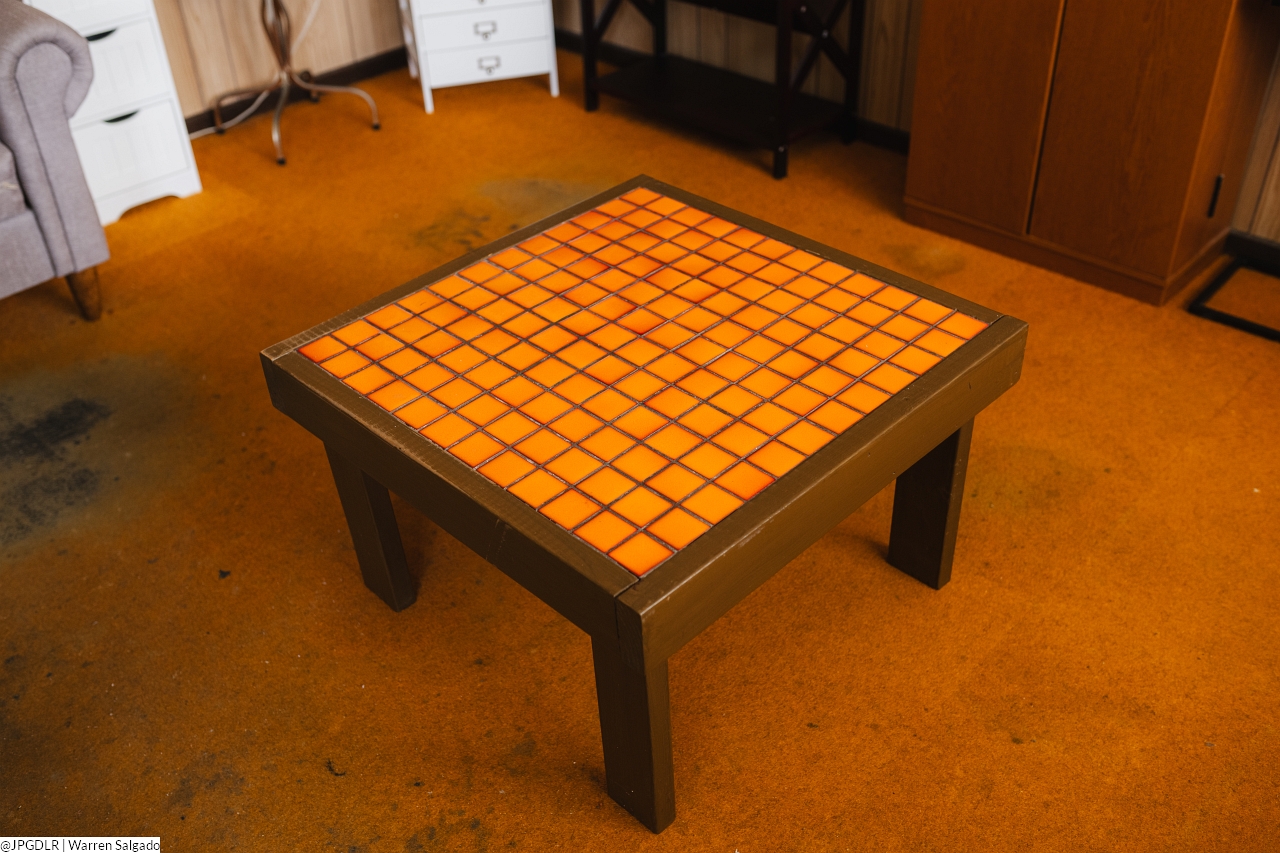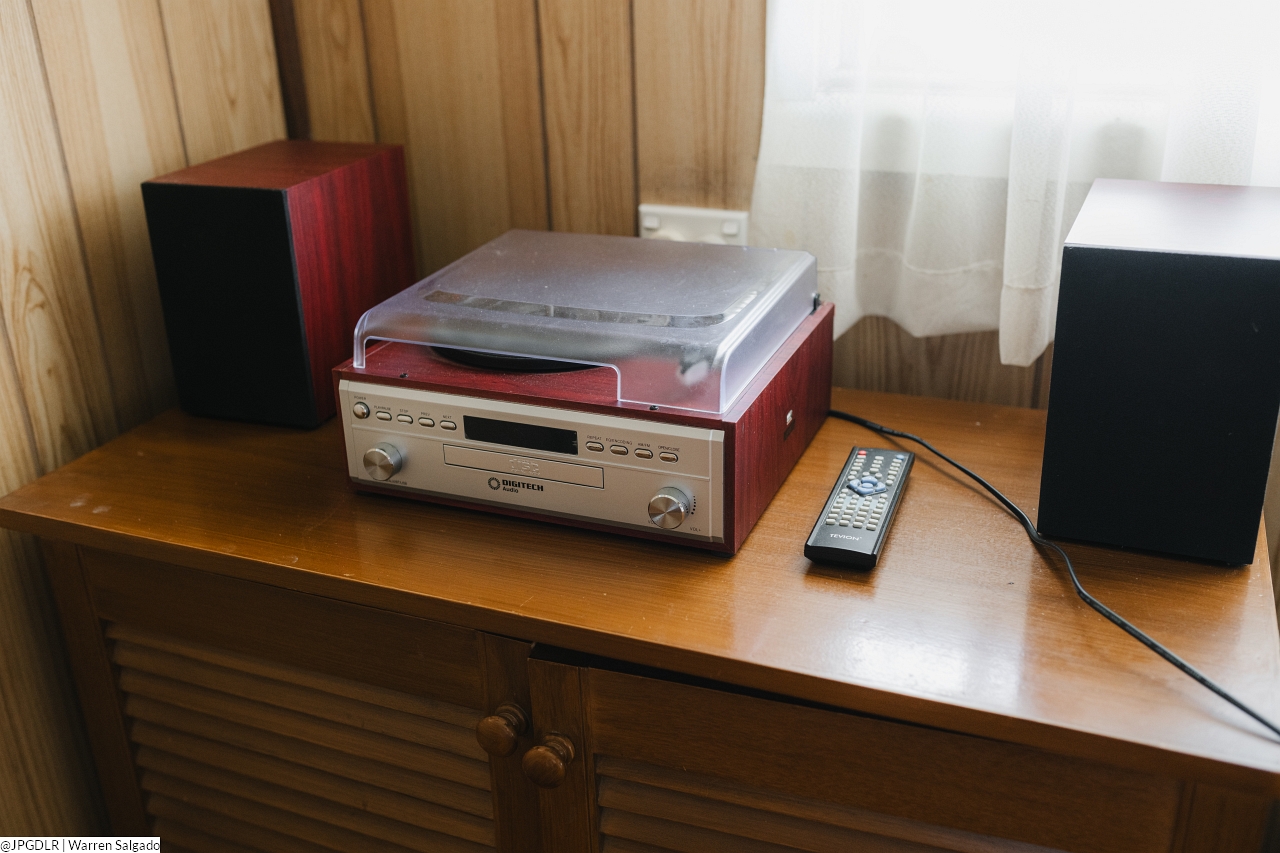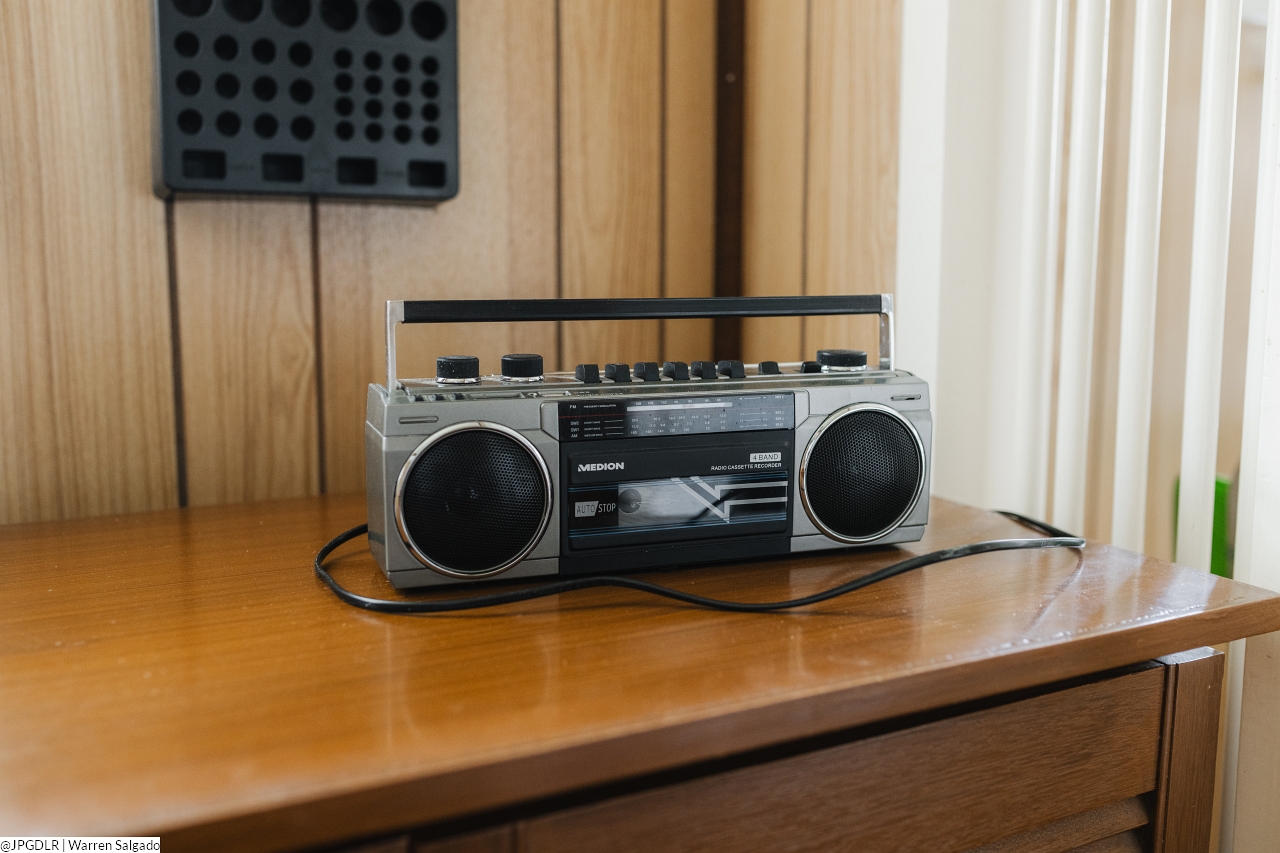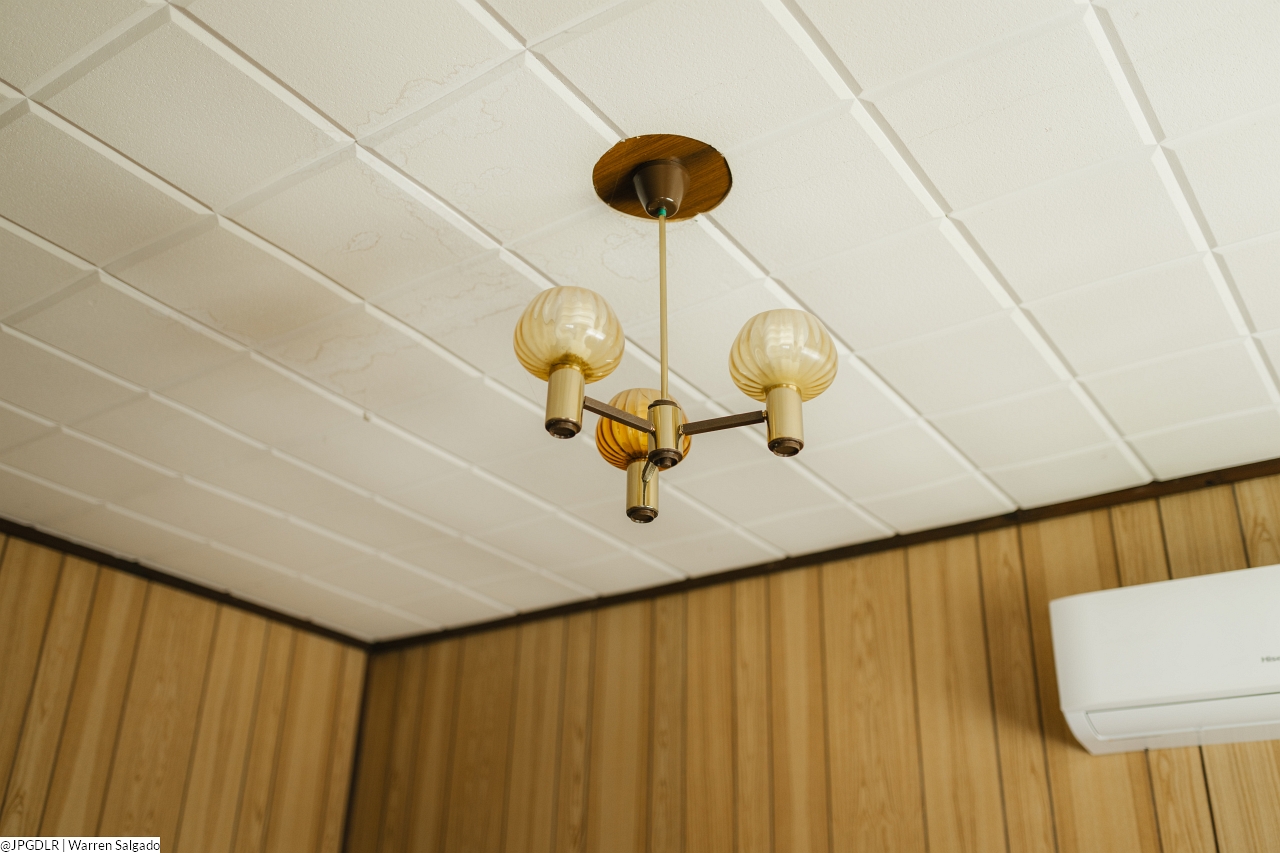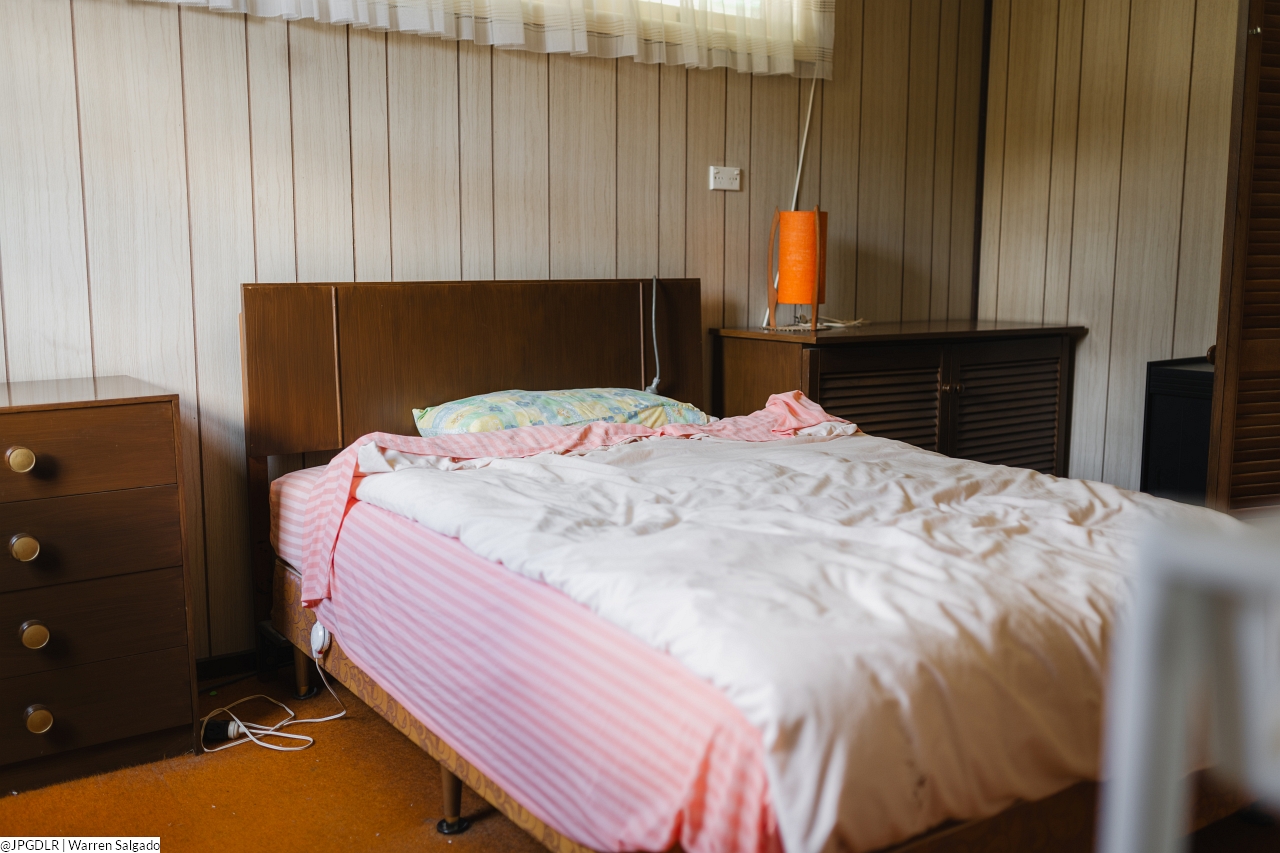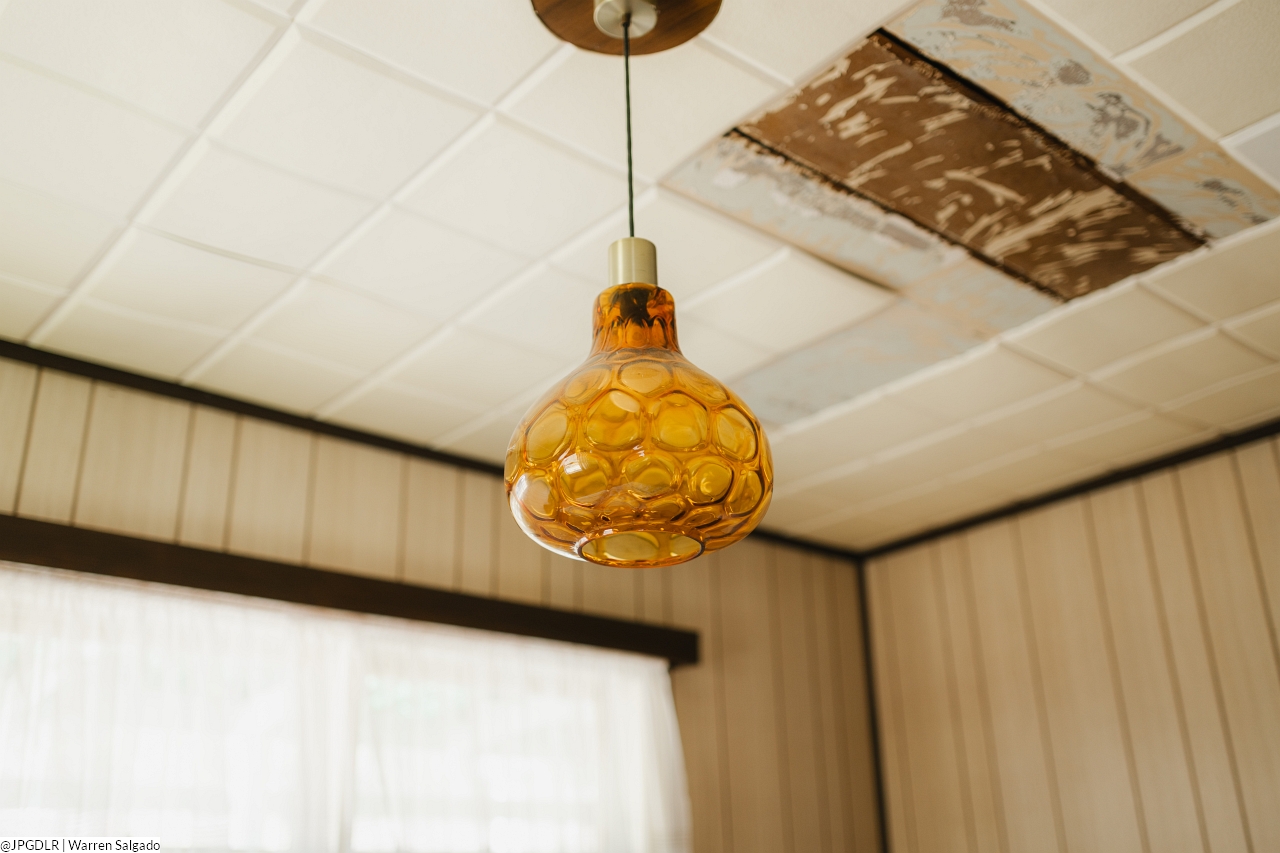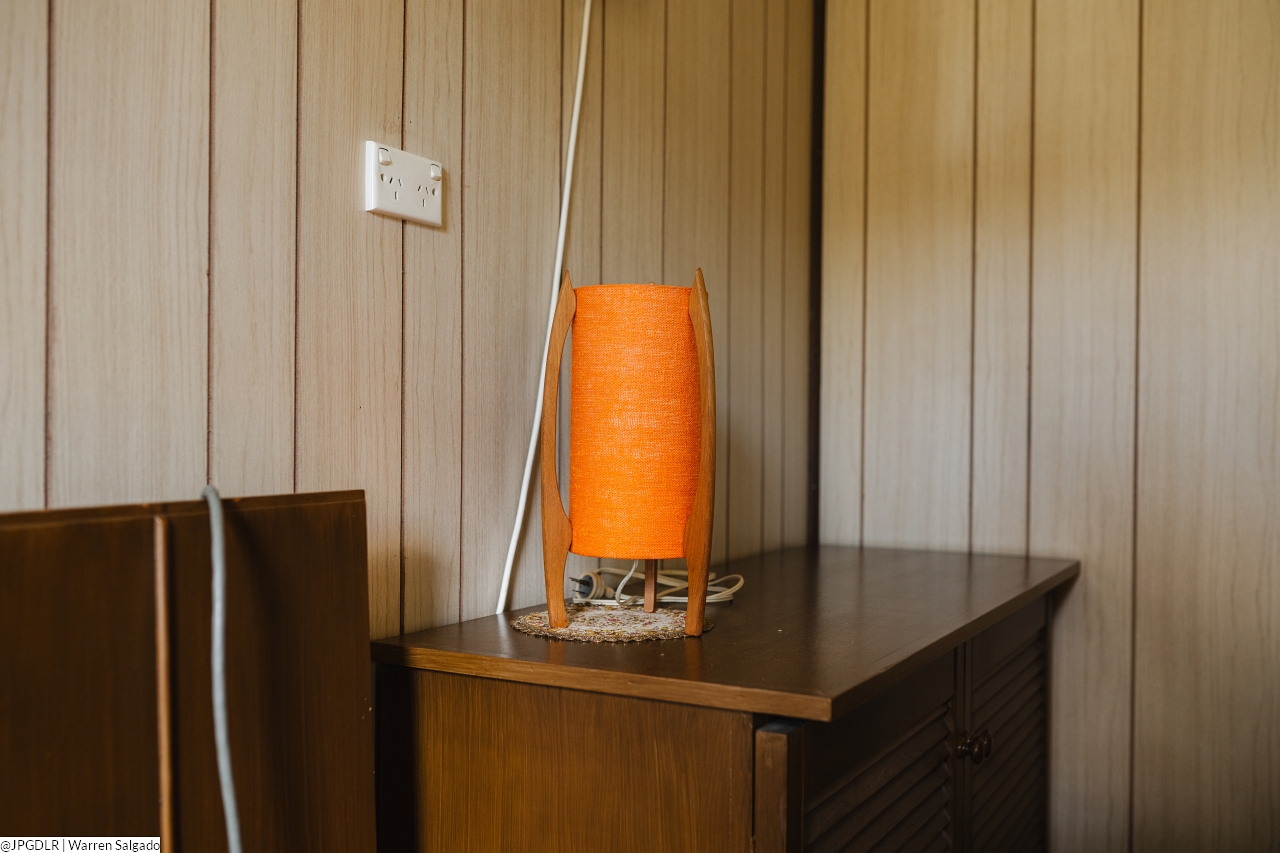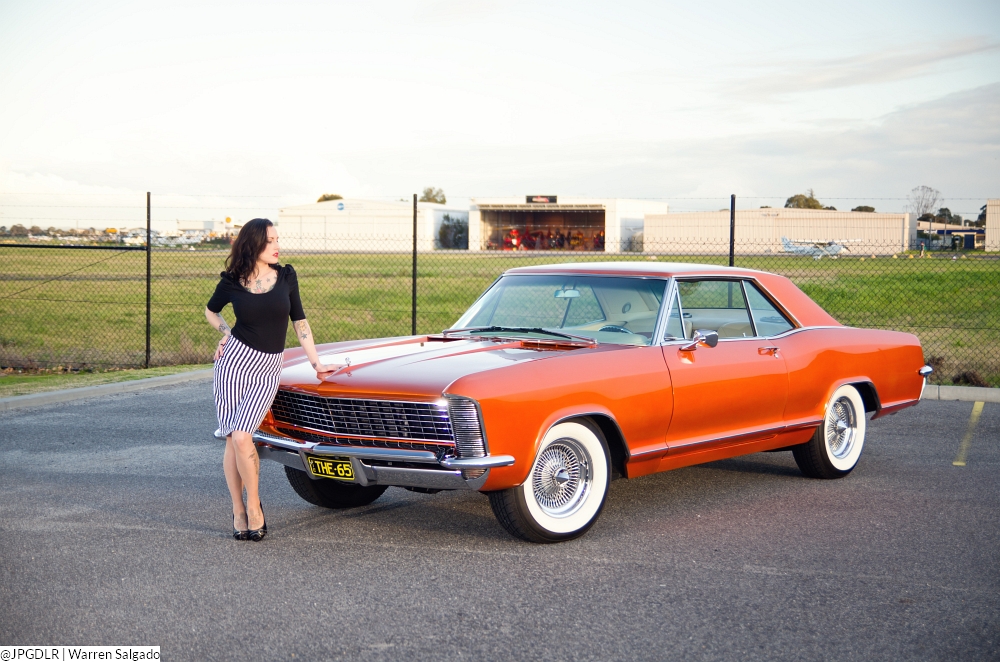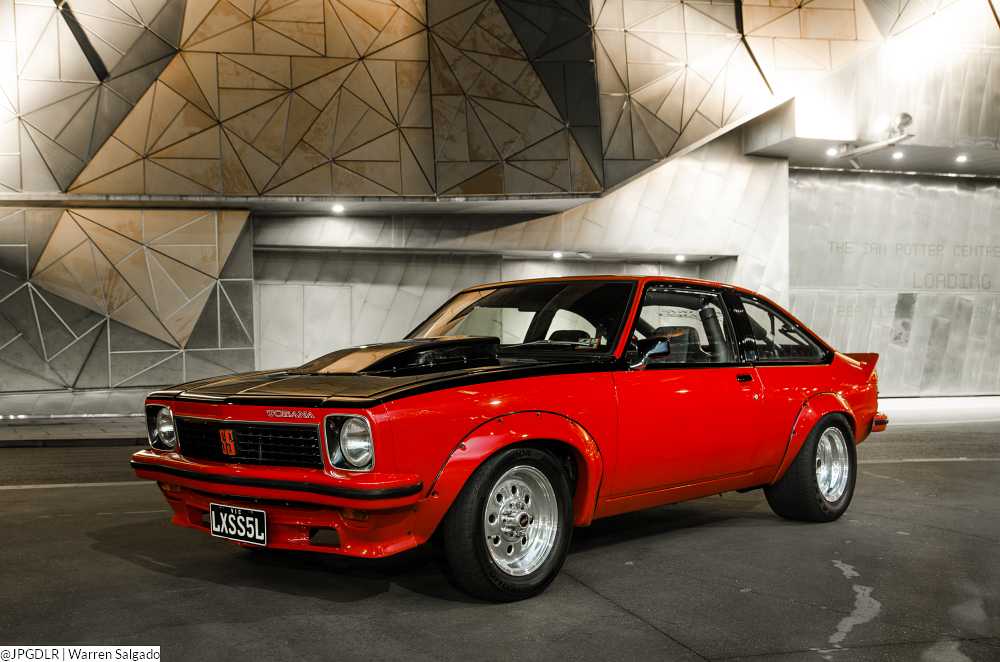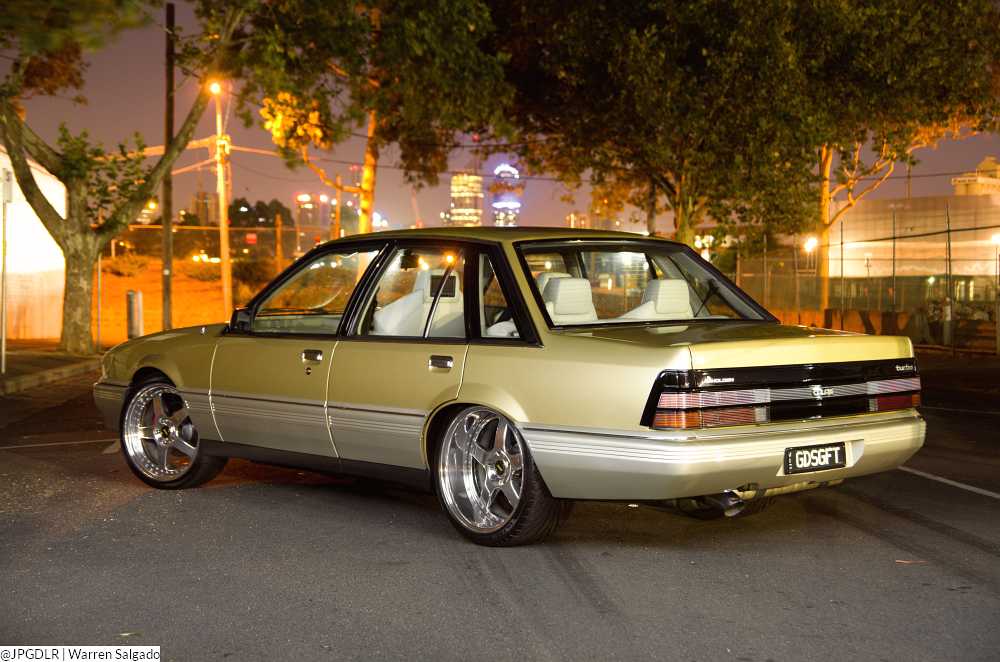I love the rare occasions when I get to walk through one of these old, vacant homes with a camera in hand and a quiet sense of curiosity. They’re a gold mine for creatives like me. I’m torn between capturing the photos I’ve been hired to take and just going nuts taking the photos I want to take. So many possibilities, so little time.
About an hour southeast of Melbourne, there sits a very small weatherboard house, tucked into the folds of a forested hillside.
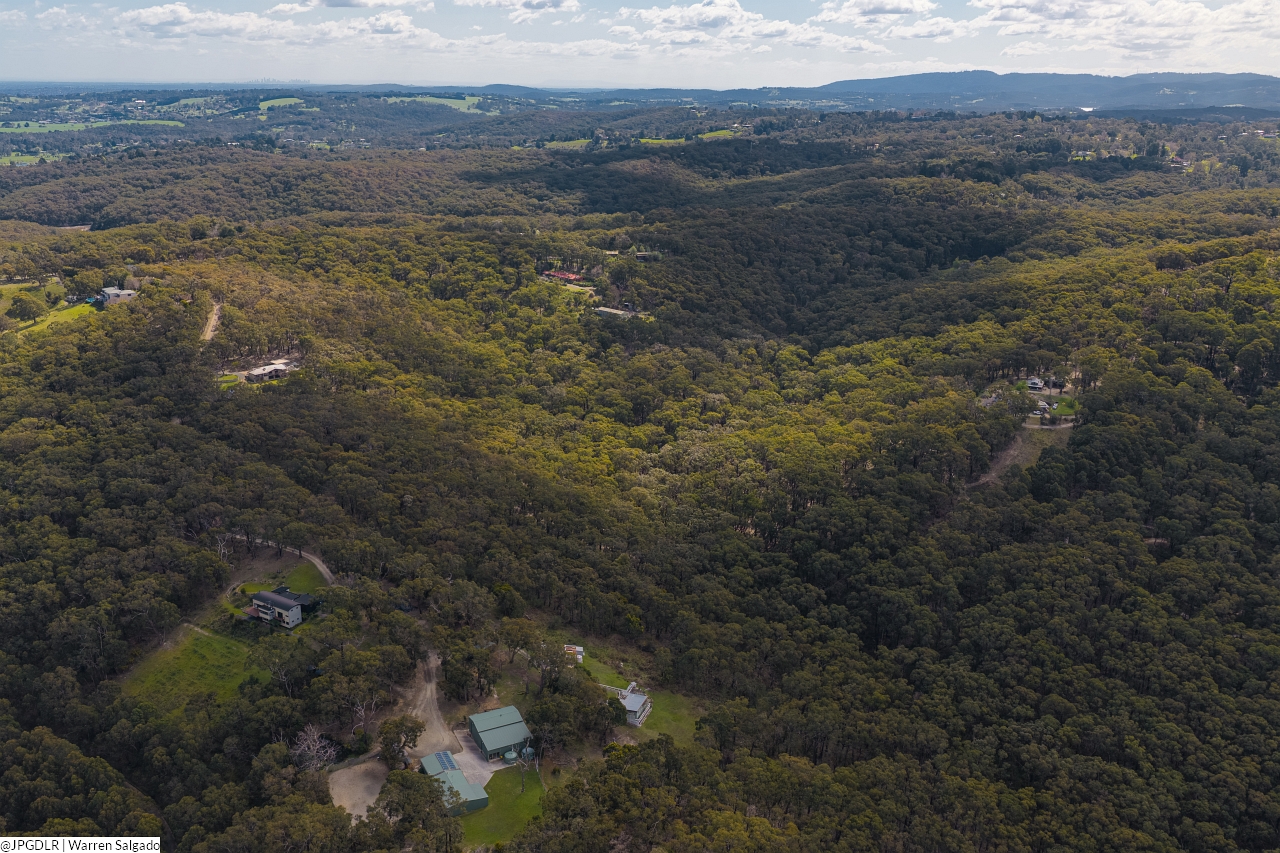
It’s not abandoned, just paused. It’s the kind of place that doesn’t ask for attention but rewards a closer look. You step in and everything feels like it’s been left mid-sentence. I don’t know the story behind this house. There was no one there for me to ask, so I get to let my imagination do its own thing.
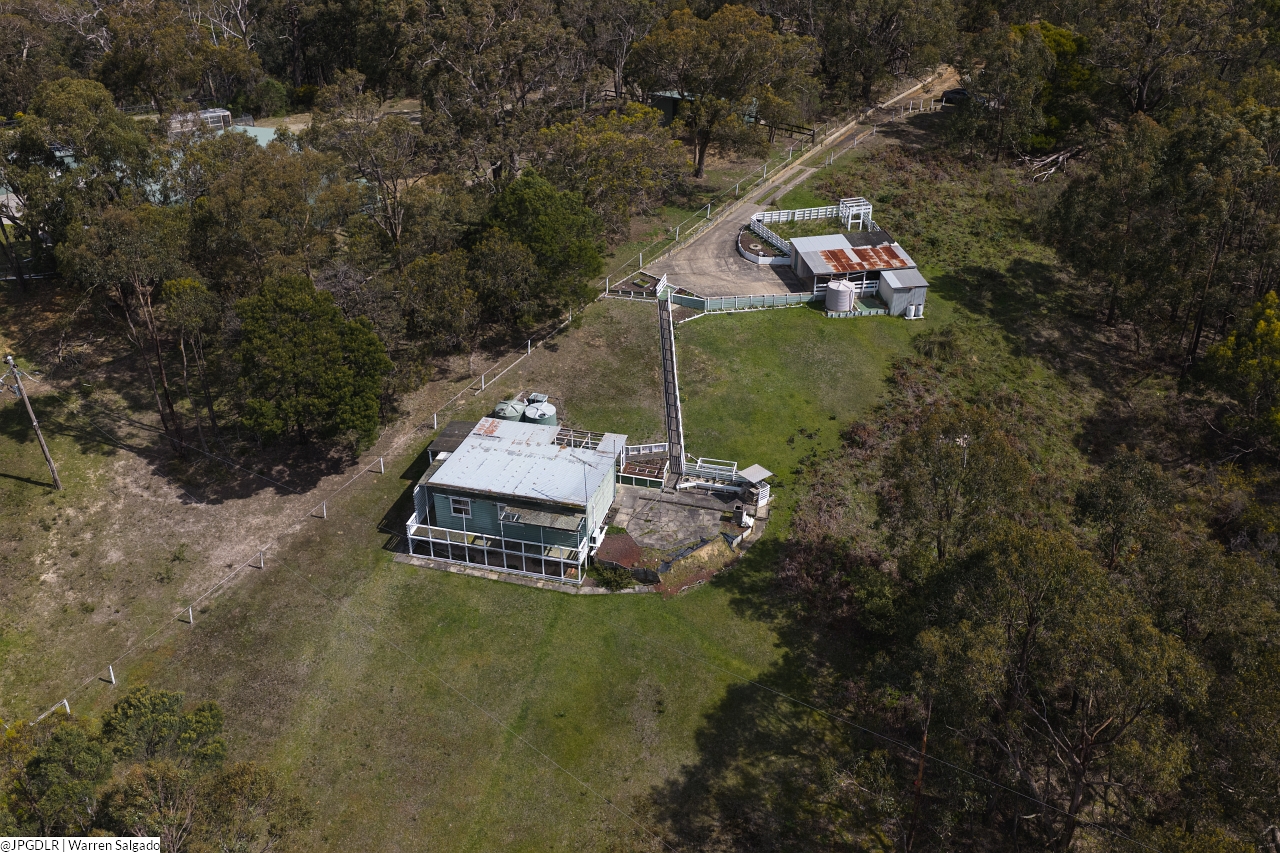
The driveway is long and narrow, with overgrowth everywhere. My car is quite low, so I go slow to avoid the potholes and very uneven ground. It takes a good minute to drive the length of the driveway, down to the house.
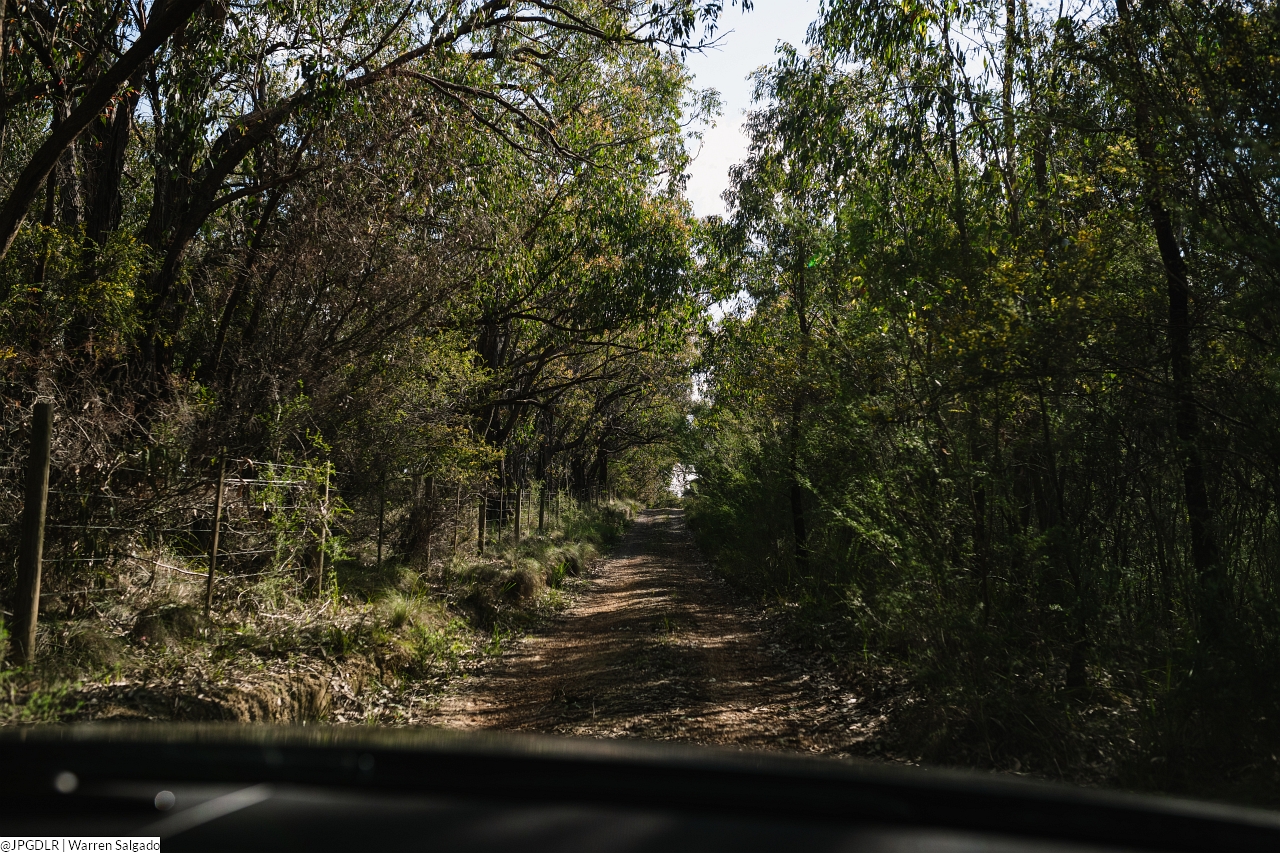
You’re first greeted with the old shed and carport, which houses an old Toyota Corona. The faded paint and banged-up panels give an indication of what’s still to come. It’s obvious the person that lived here still used a lot of vintage things. However, the missing registration on the car makes me wonder when it last saw the road.
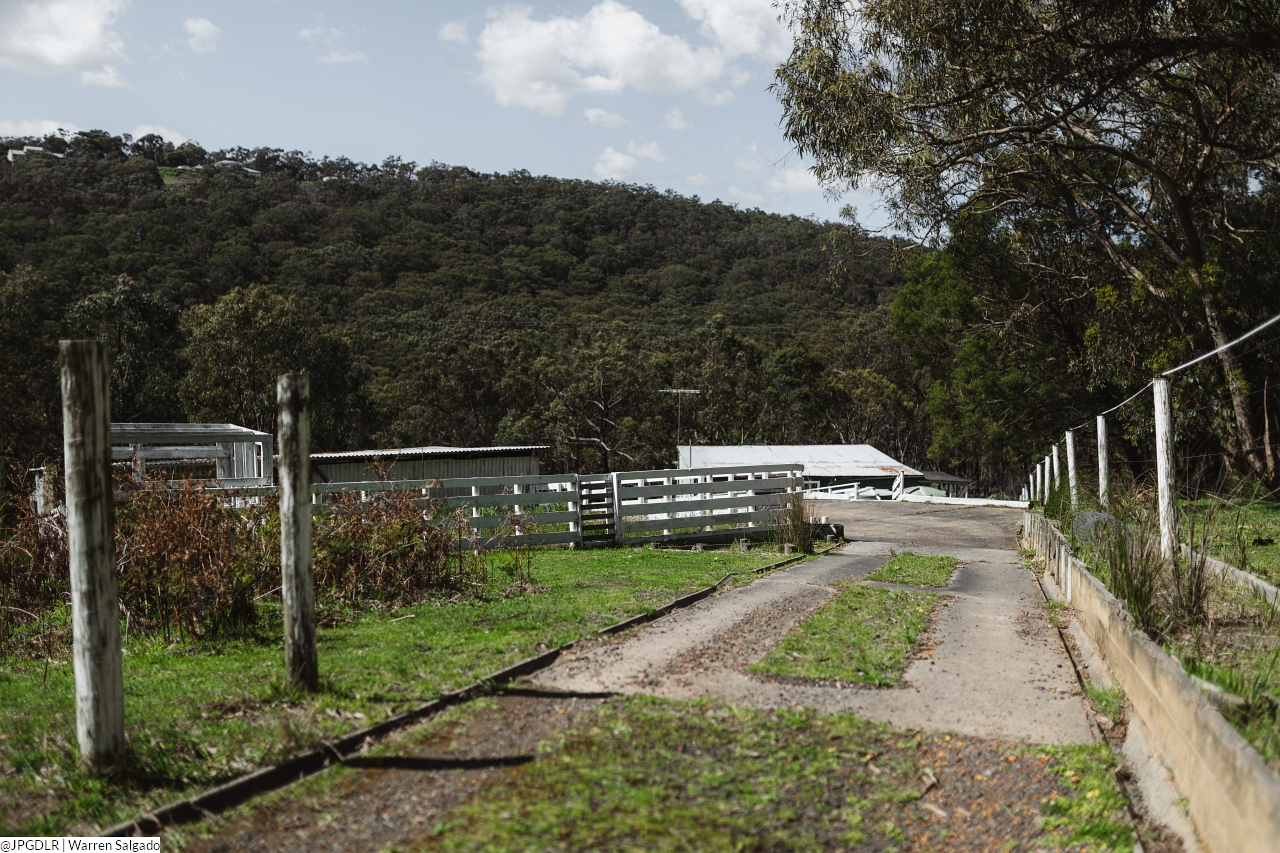
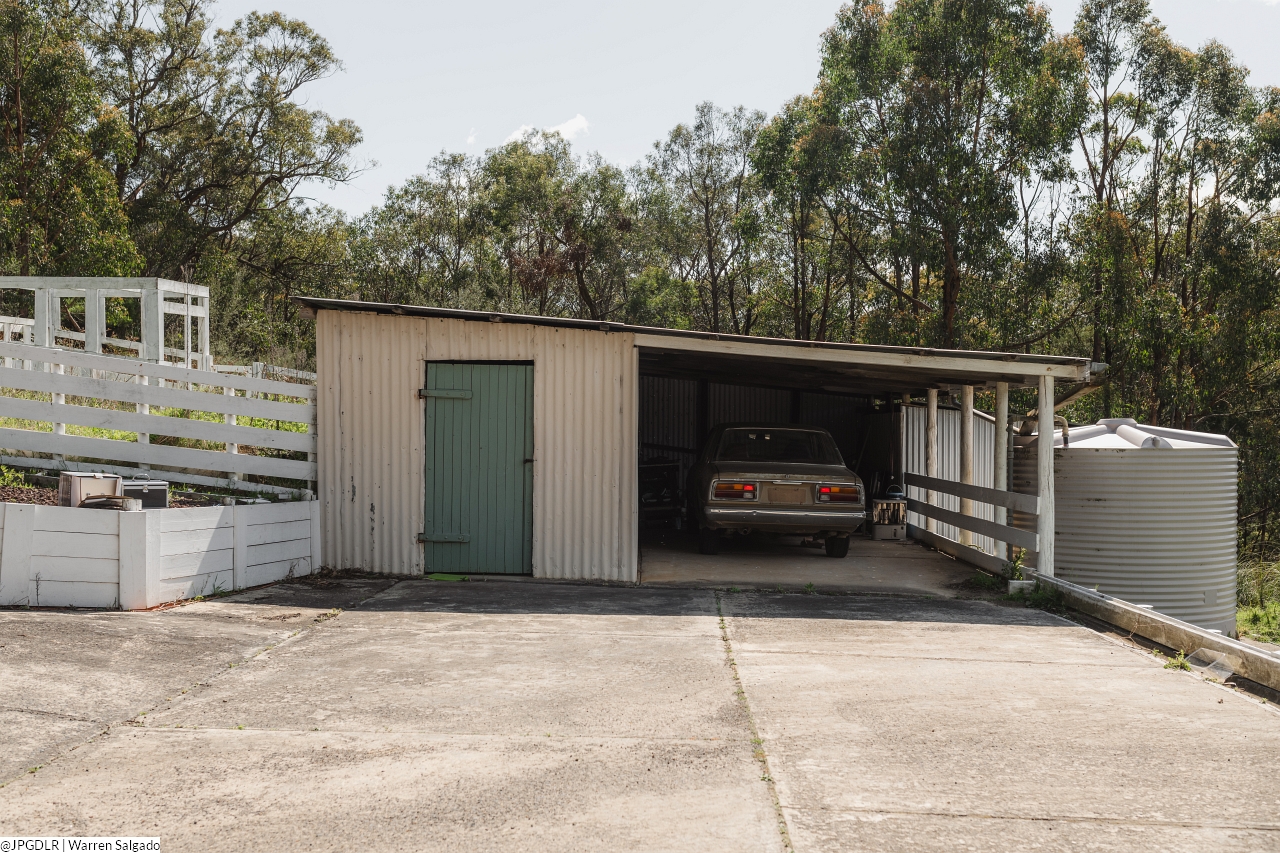
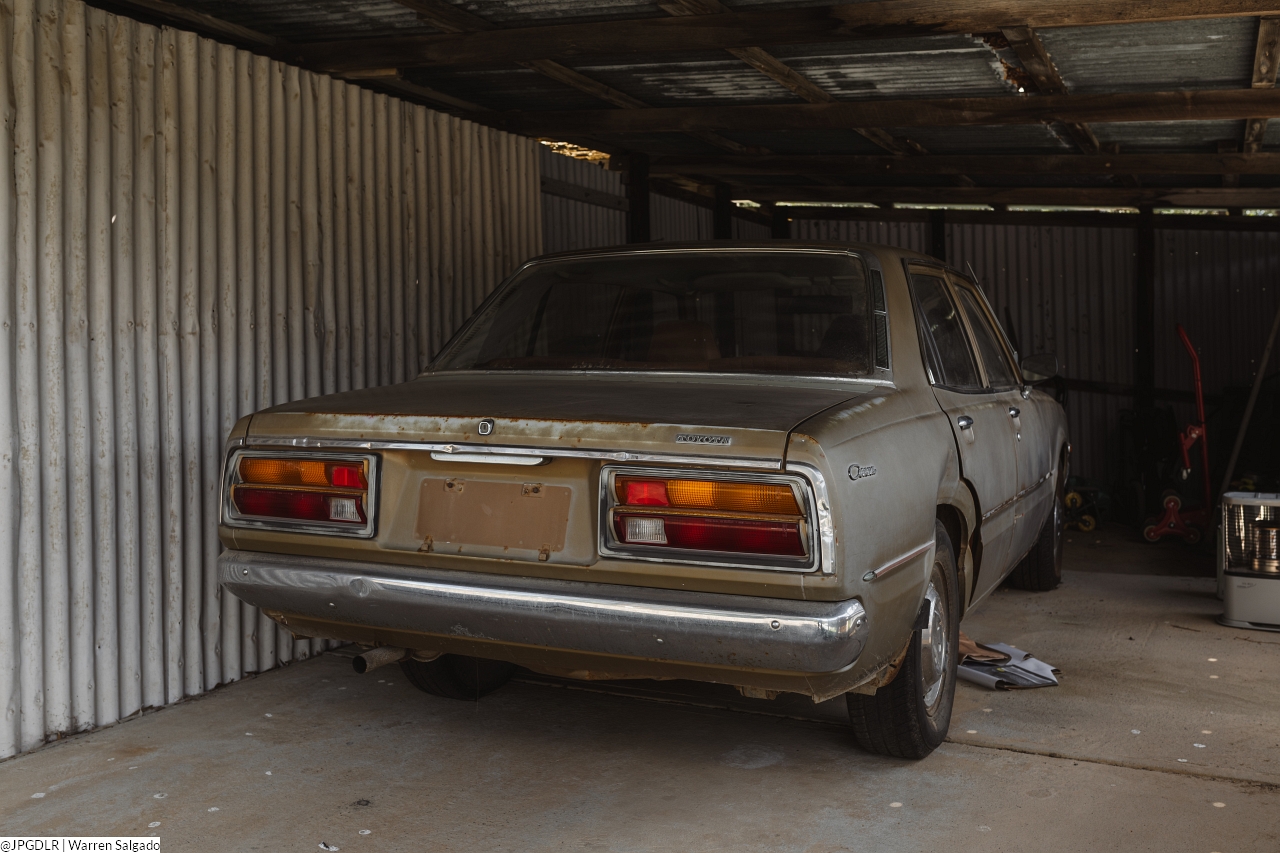
The approach is a paved path flanked by white fencing, leading to a green structure that probably once blended into the landscape. Rust creeps across the corrugated roof like lichen on stone. The colours on the old weatherboards, now faded by the harsh sun.
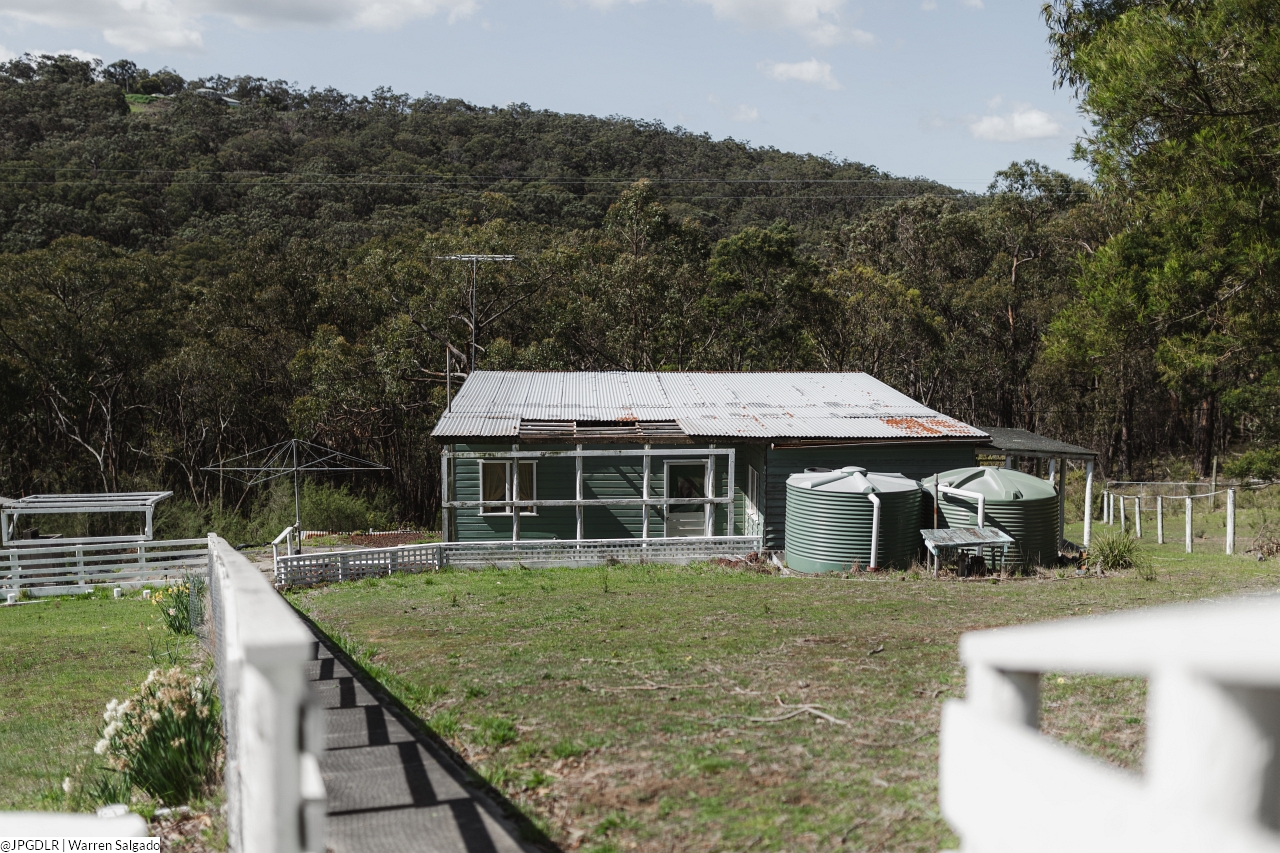
The hills behind it are thick with trees, and the sky above is often caught between cloud and clarity.
It’s hard to tell which is the front and which is the back of the home. The path seems to lead to the back door, near the laundry. Around the other side is a weathered verandah that partly casts a shadow over a wooden deck and what appears to be the side entry. There’s painted concrete, which carries the patina of years gone. The raised garden beds along the edge add a sense of purpose, even if they’re no longer tended.
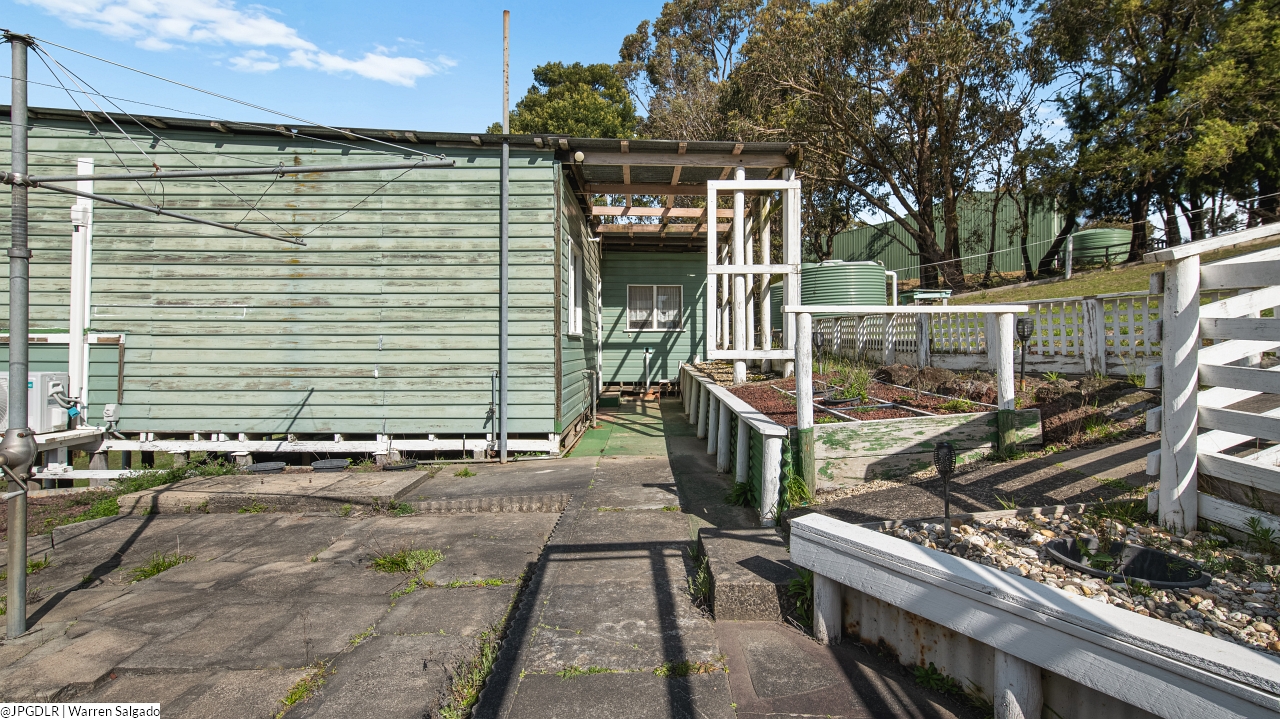
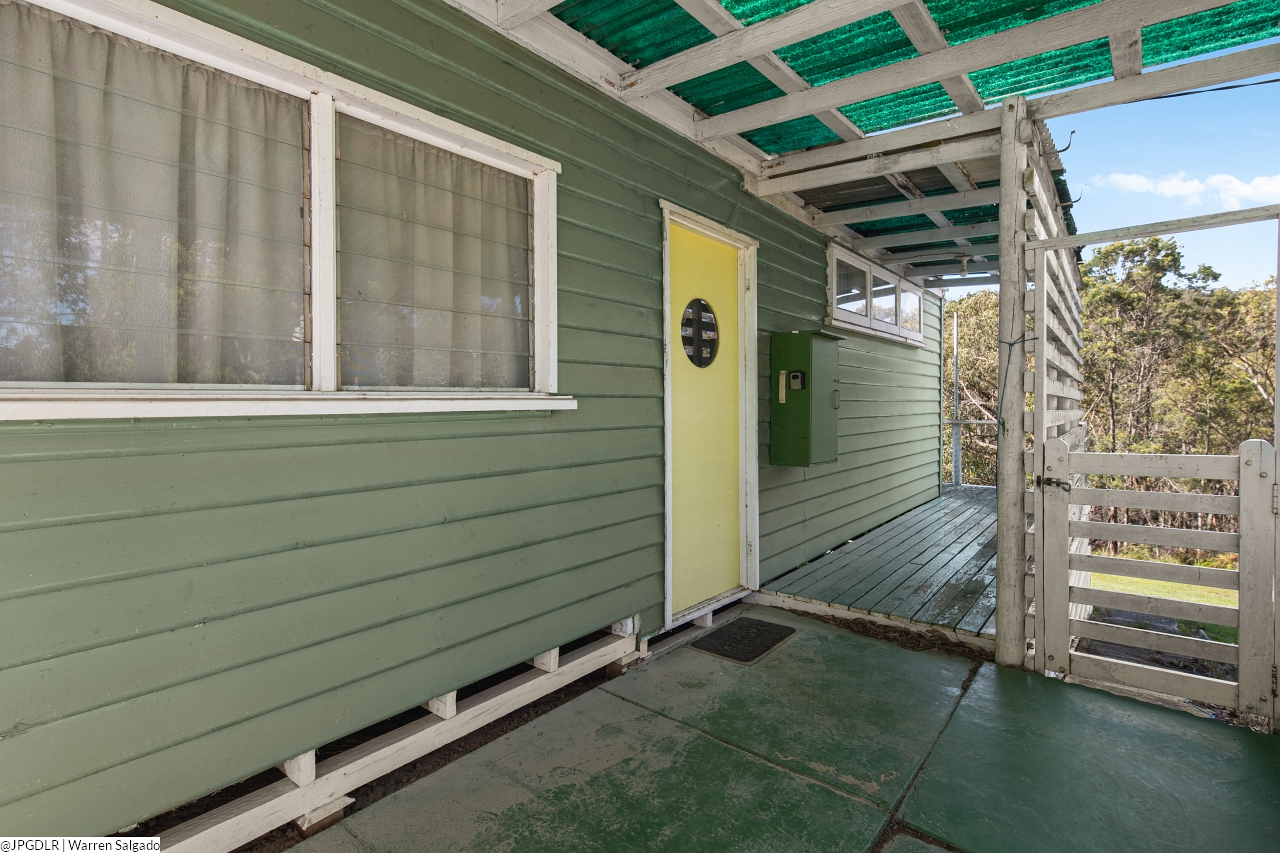
The old doors have round windows. You catch glimpses of trees and sky through them. It’s a strange feeling, like the house is still watching the world go by.
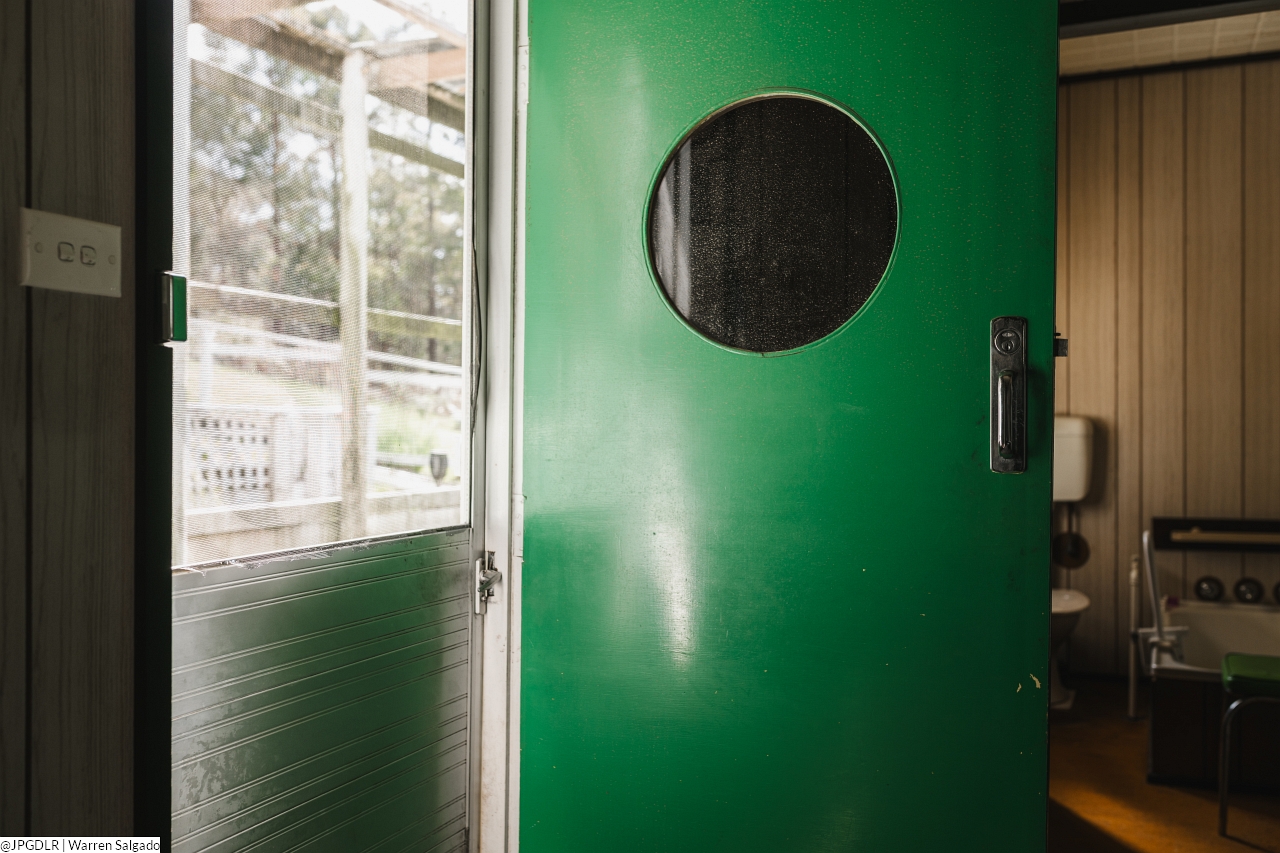
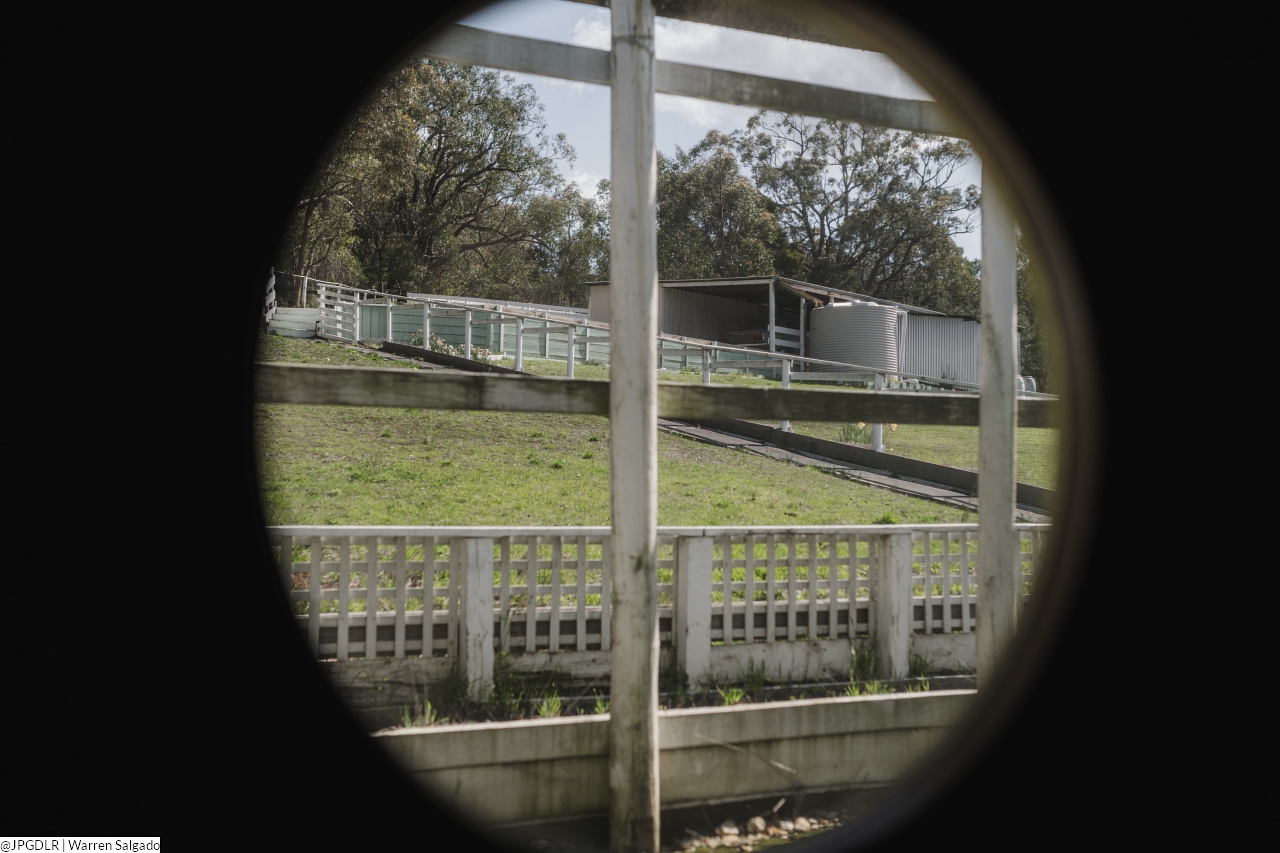
It’s eerily quiet here. You can hear the rustle of trees, some native birds, and even the soft metallic ping of the metal roof expanding in the sun. No traffic. No voices. Just the occasional breeze and the creak of something shifting inside.
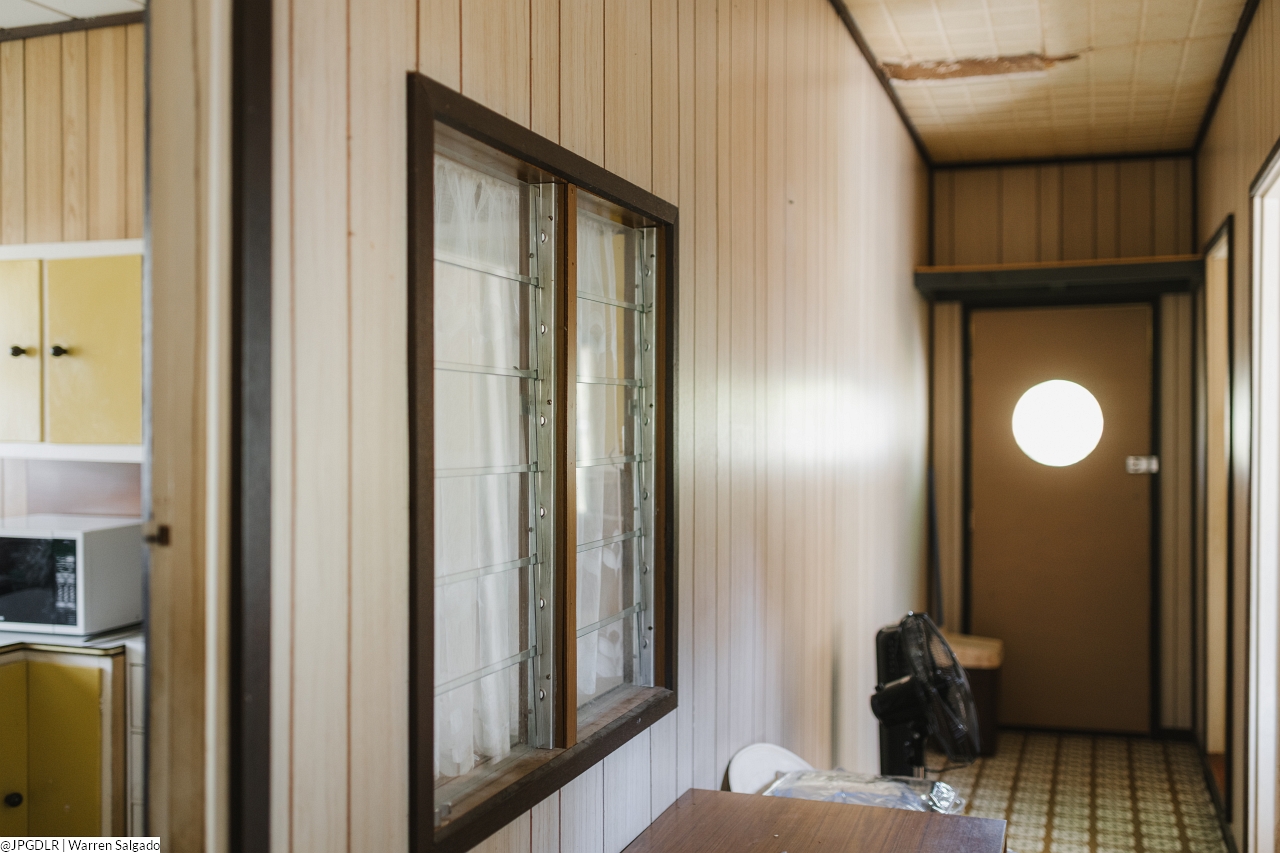
Inside, the rooms are dressed in the textures of a long-gone era—wood panelling, vibrant colours, and flooring that shows memories etched in pressure and time. There are patches of worn carpet and vinyl flooring in the high-traffic areas, and some spots where the occupant paused to rest in front of the TV or to listen to some old tunes.
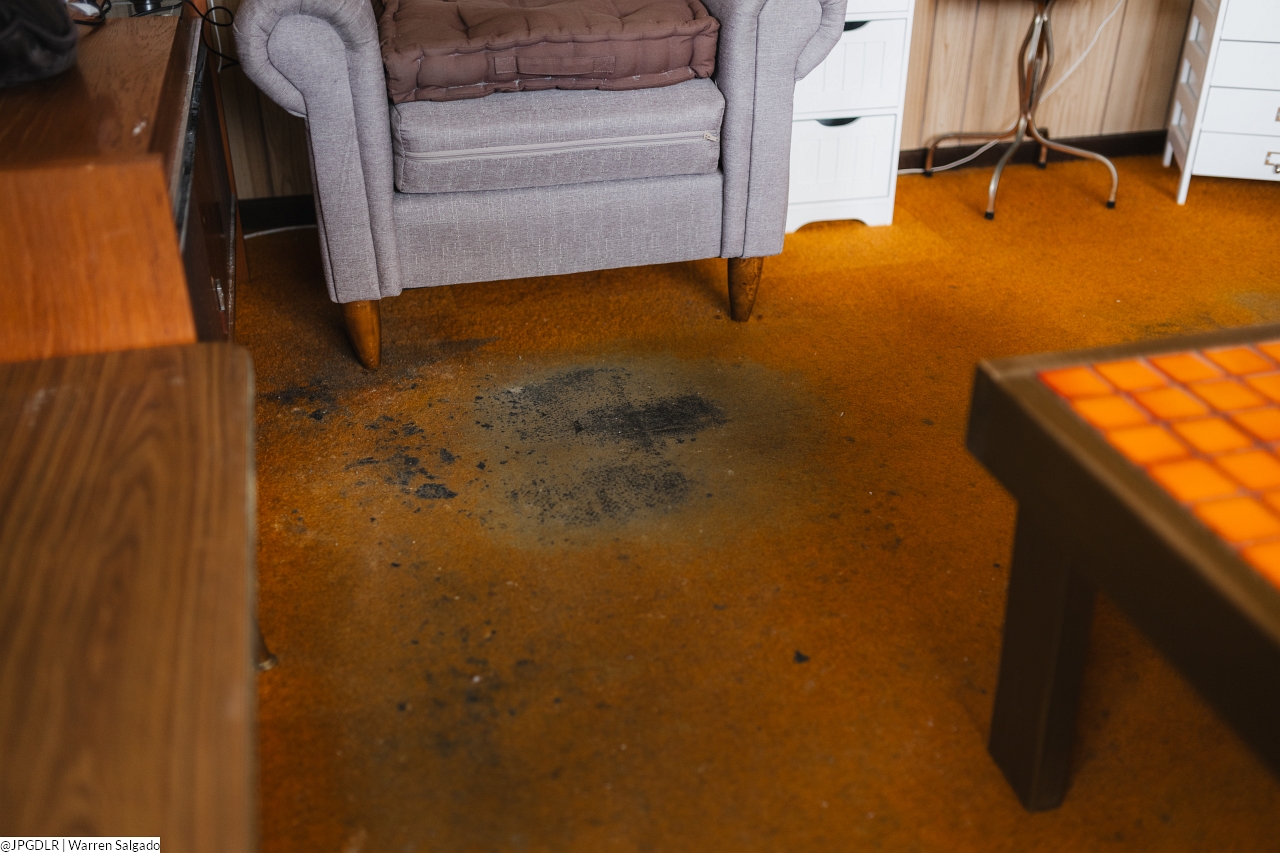
The rooms are lived-in, but no one’s living here now. Wood panelling everywhere. Orange carpet that’s seen better days. A few stains that feel like they’ve been there longer than most memories.
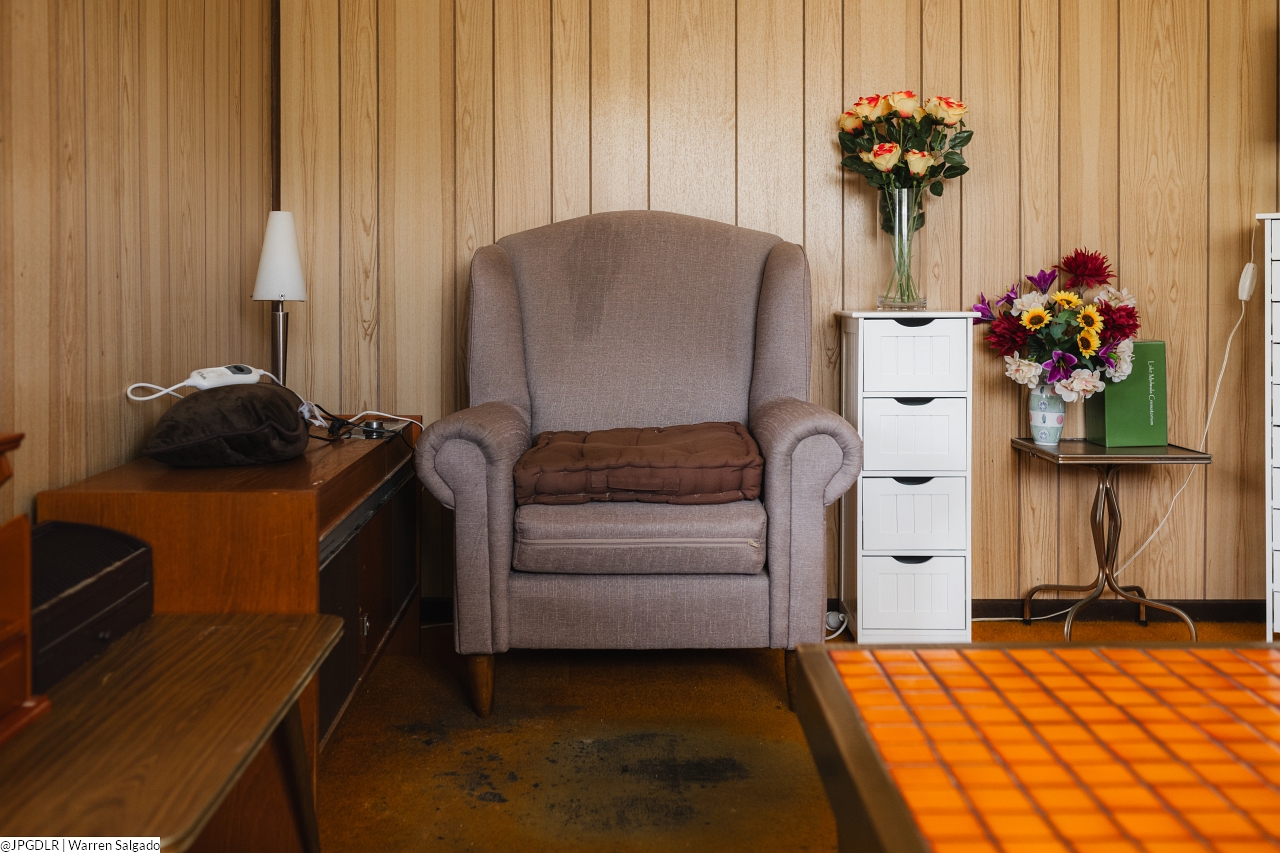
Furniture’s simple. A single grey armchair in the living room. A checkered table. An old cassette player that probably hasn’t played anything in years. But it’s all placed like someone might walk back in at any moment.
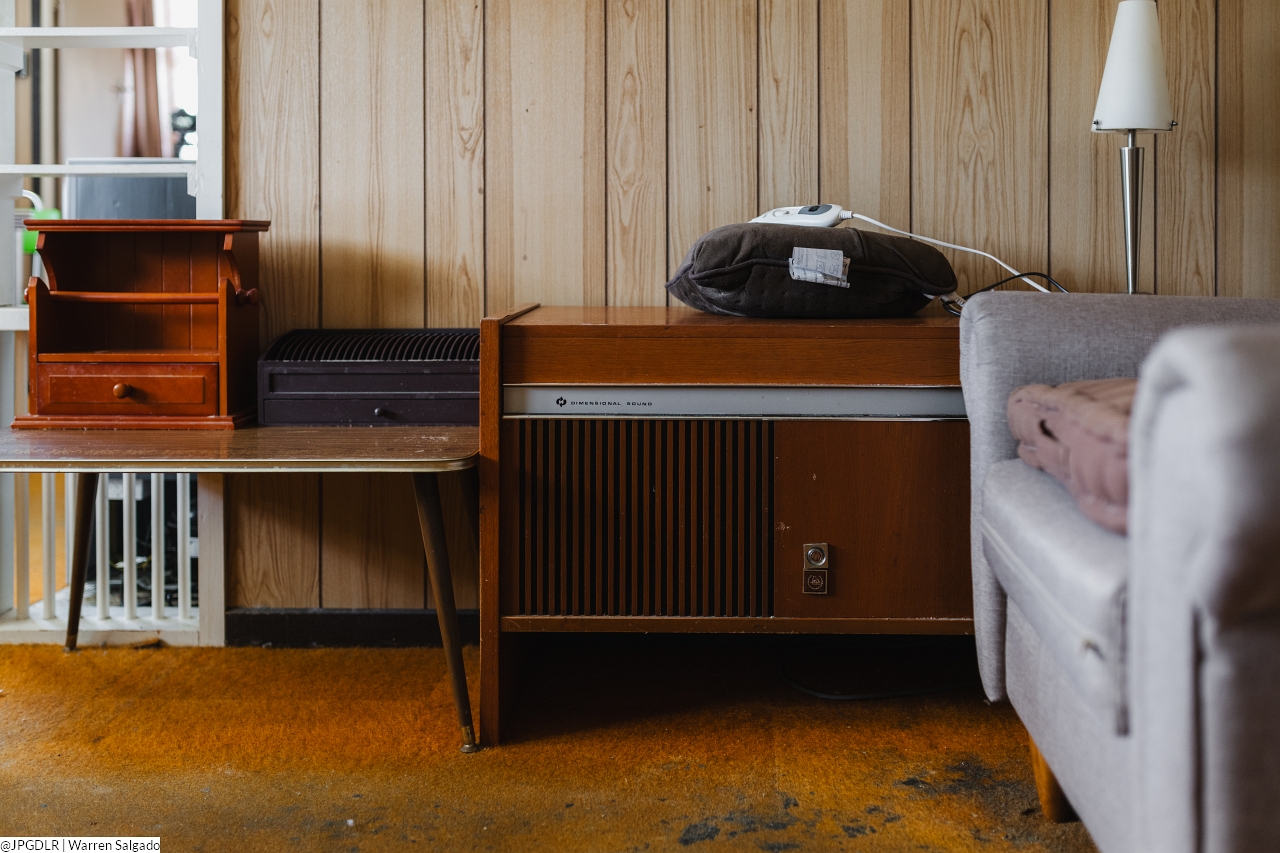
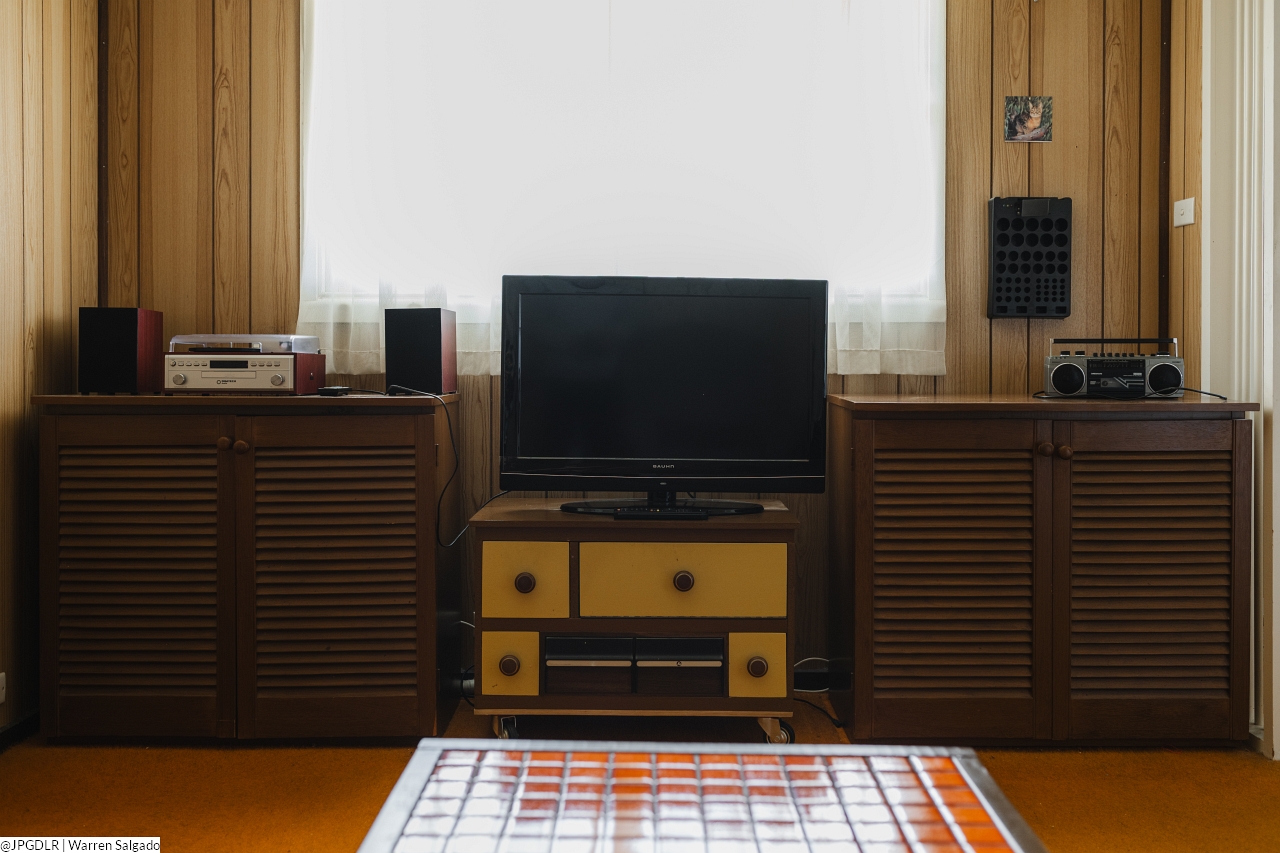
The kitchen’s a time capsule—yellow cabinets, narrow counters, floral curtains. Everything here is modest. Small kitchen, with a small dining table off to the left with two green chairs, and a single purple armchair in the corner. Not much room for anything else here. There’s a clock on the wall that’s still ticking. In a house this quiet, it’s one of the only sounds you notice, as it feels louder than it should.
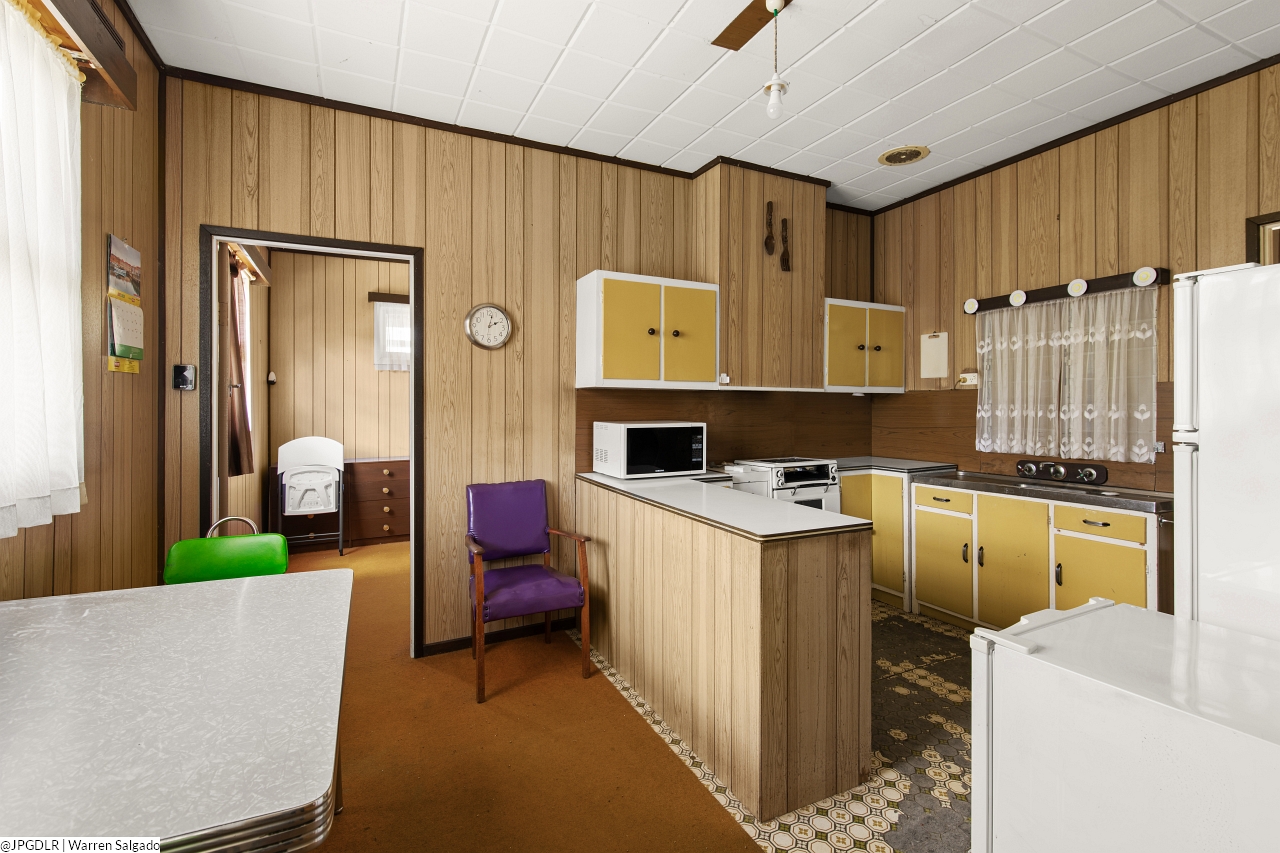
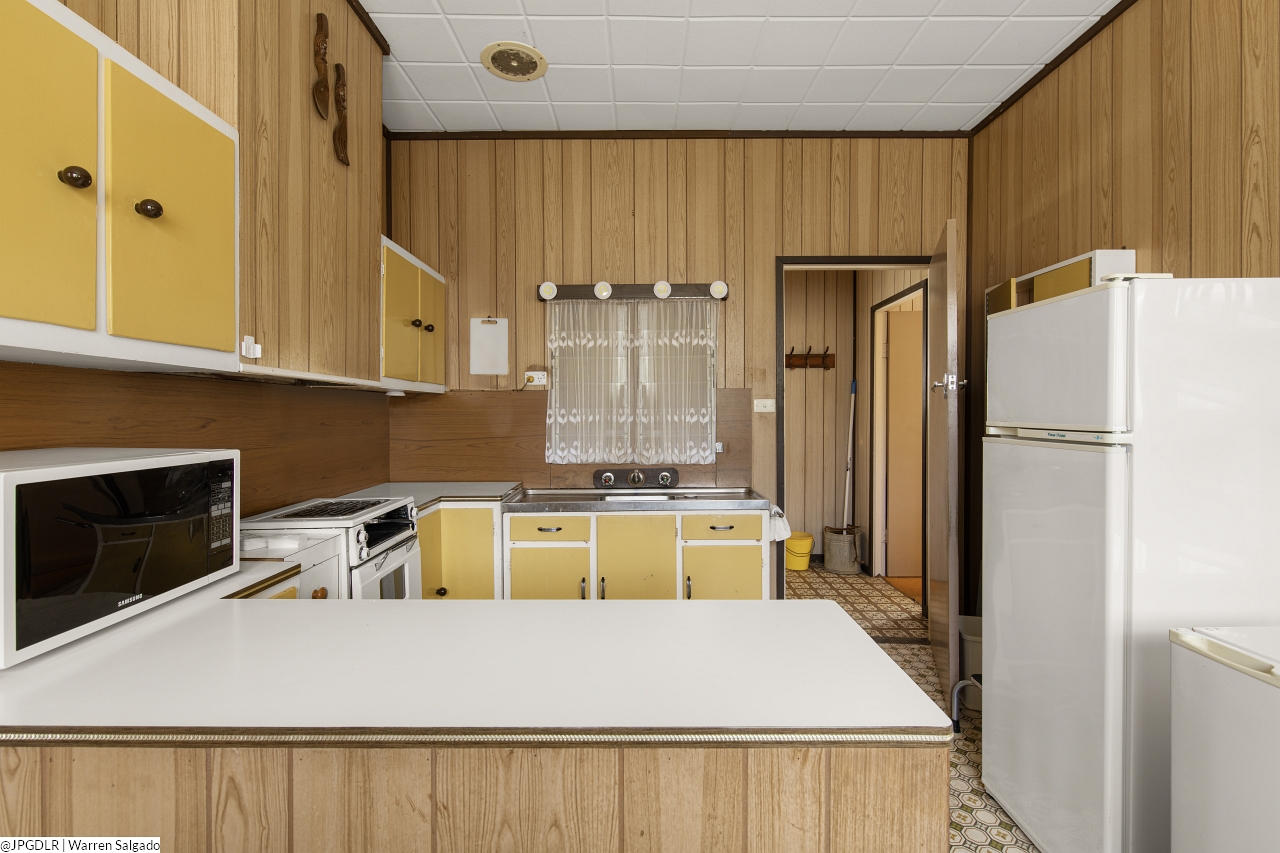
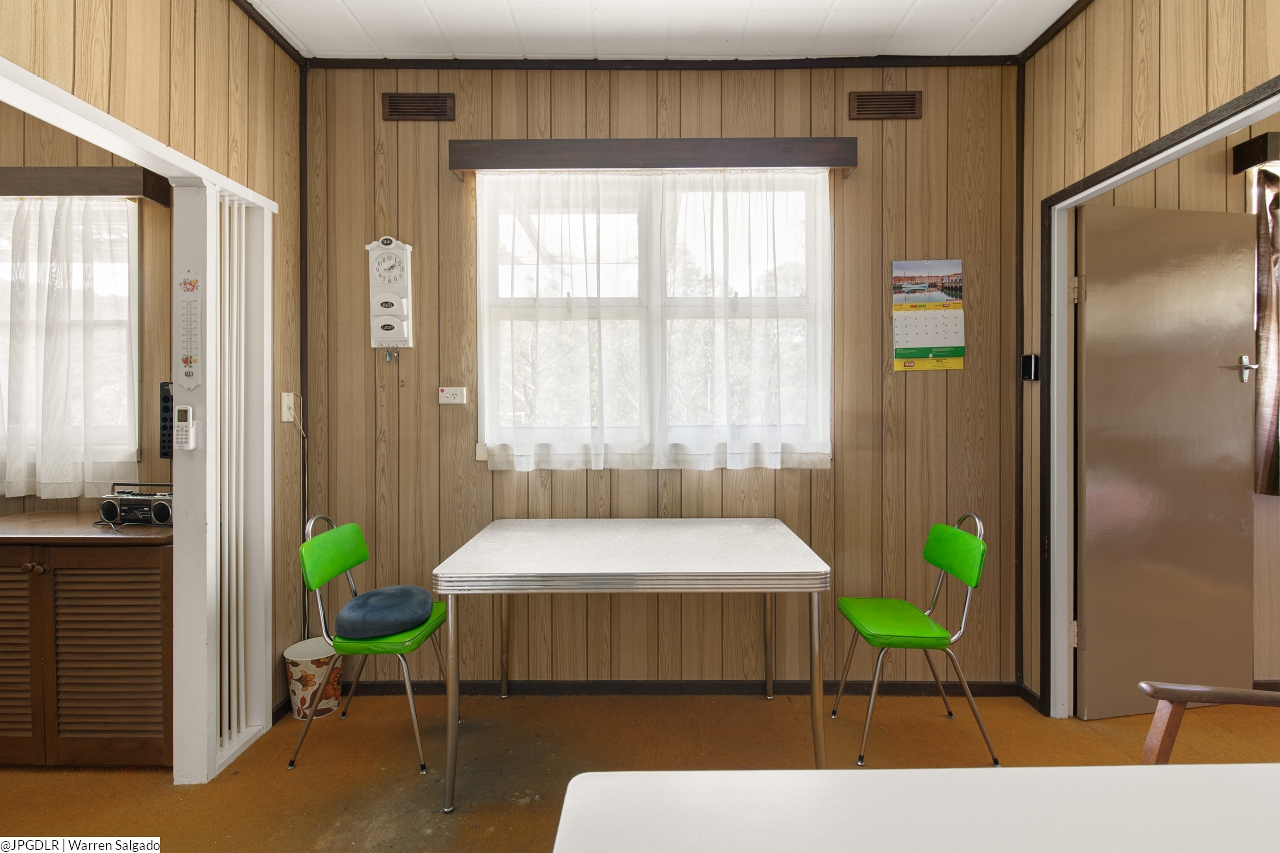
The hanging calendar shows June 2025 as the last time anyone turned the page.
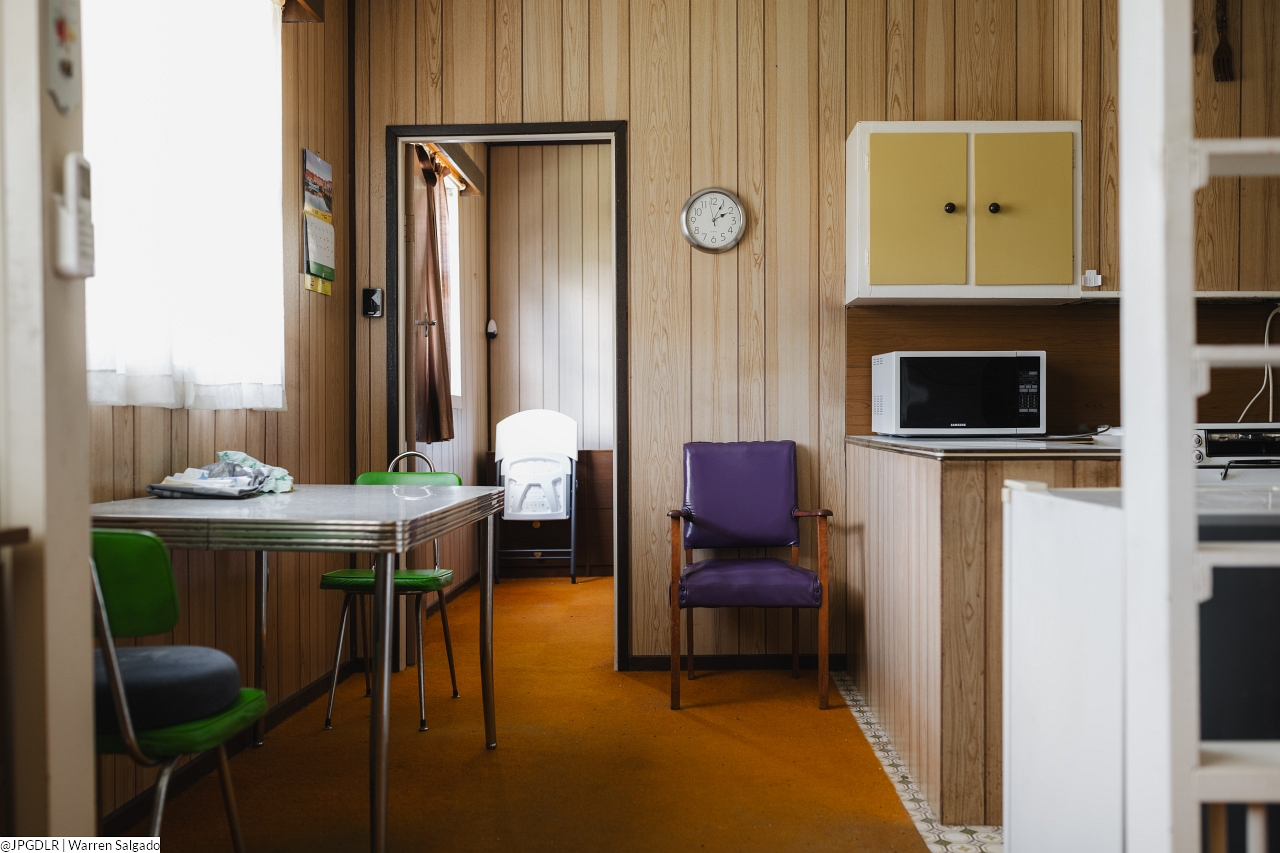
The floor is heavily worn in this part of the house. It shows the footsteps of whoever lived here. Not literally, but you can see the wear. A path from the sink to the stove. A spot where someone stood often. Like the house is keeping track.
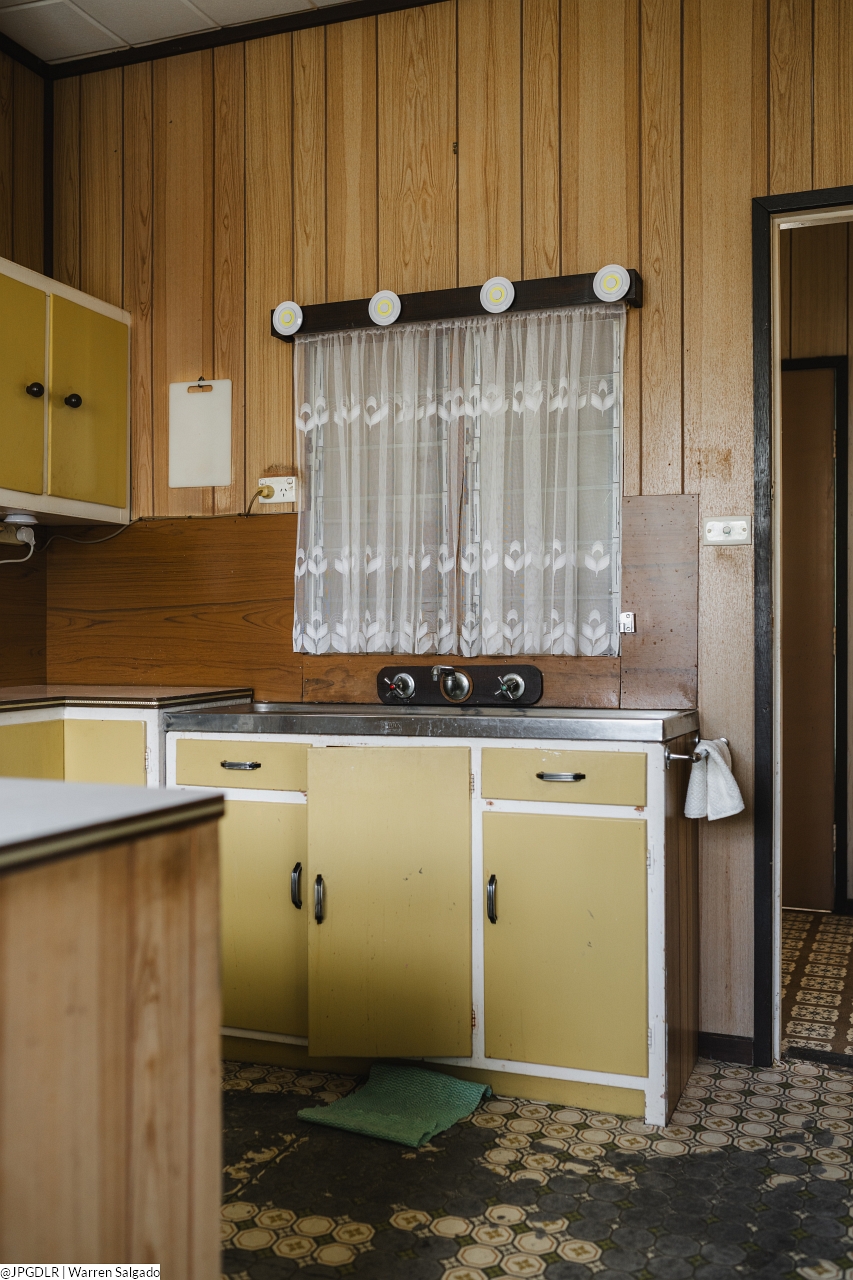
The bathroom’s got a high cistern, a small green chair, and rails that suggest someone needed help getting in and out of the tub. The walls are lined with more wood panelling, and the light is soft, filtered through a small window that’s half-covered by a curtain that’s seen better days.
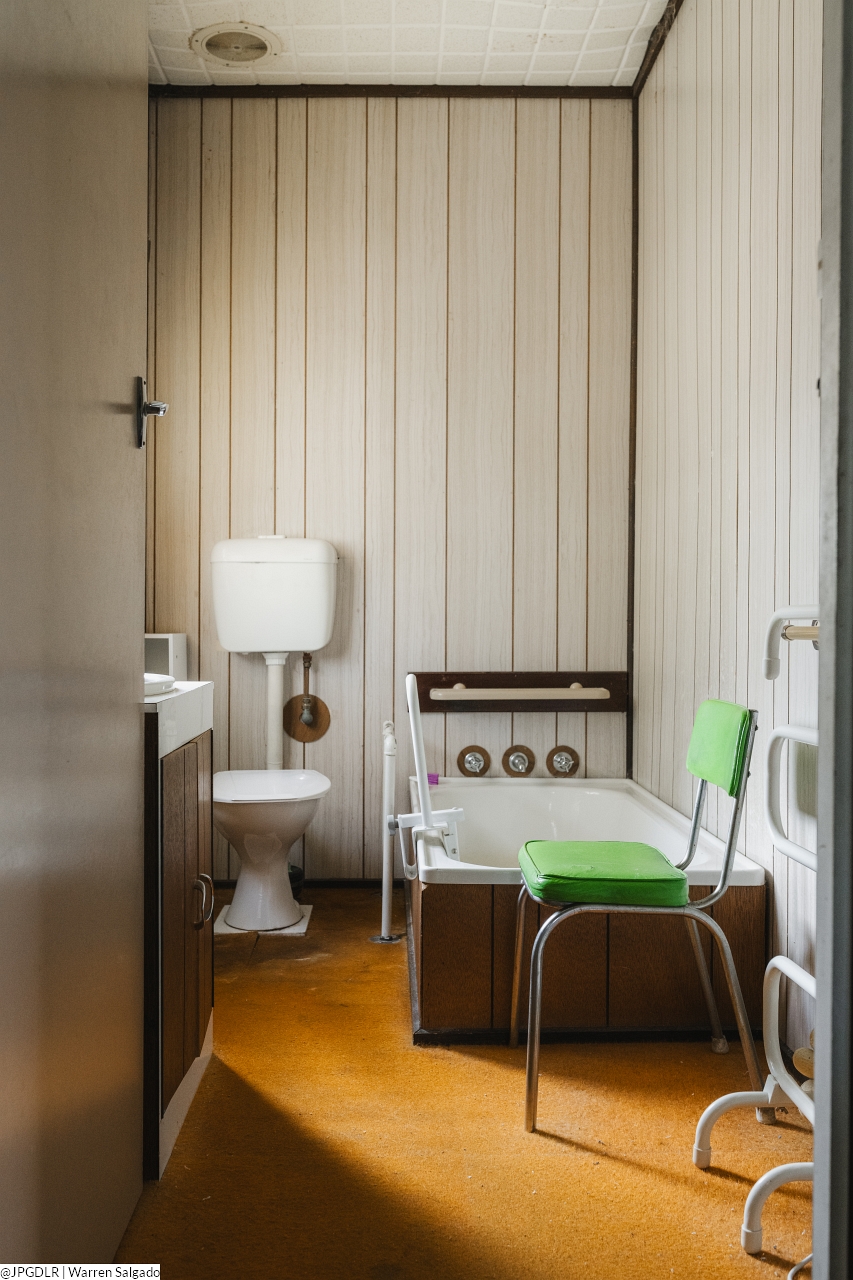
The bedroom is quiet. Pink-striped bedspread covers the bed. A lamp with an orange shade. It’s all soft, untouched. Not staged. Just paused. The empty closet, left with it’s doors open makes you feel like someone left in a hurry. I closed them for my clients photo.
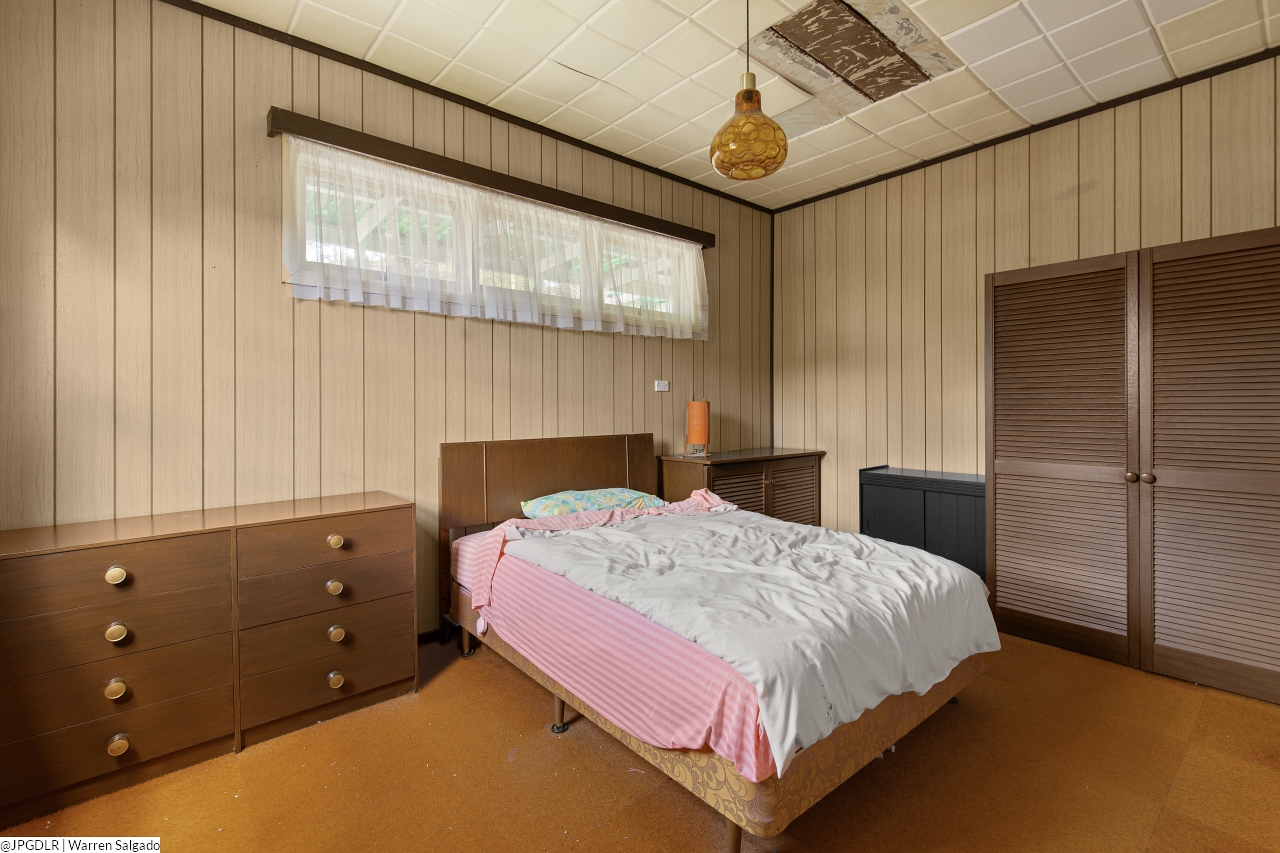
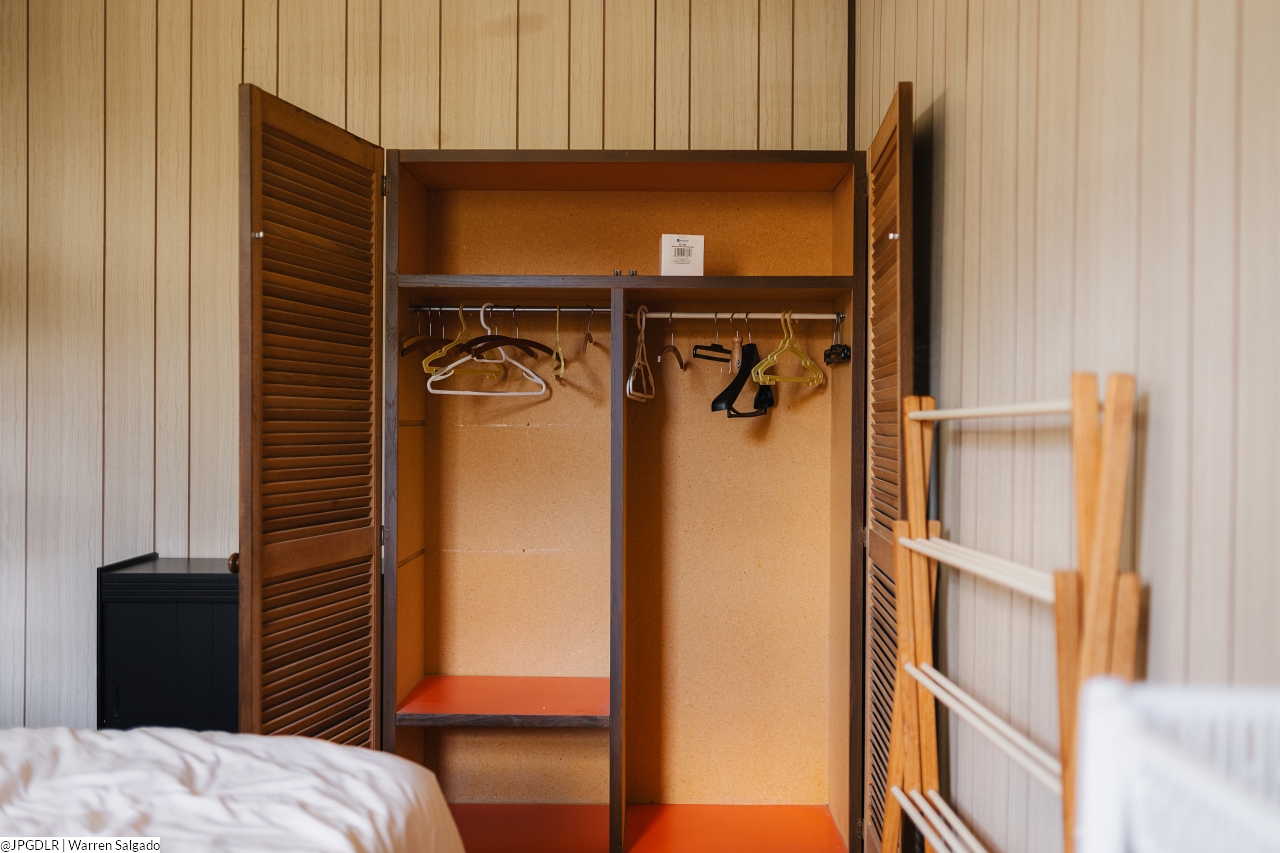
There’s a stereo console in the lounge. It’s flanked by a couple of speakers and topped with a lamp and a cushion. It’s the kind of setup that feels like someone used it daily. Not for show. Just part of the rhythm.
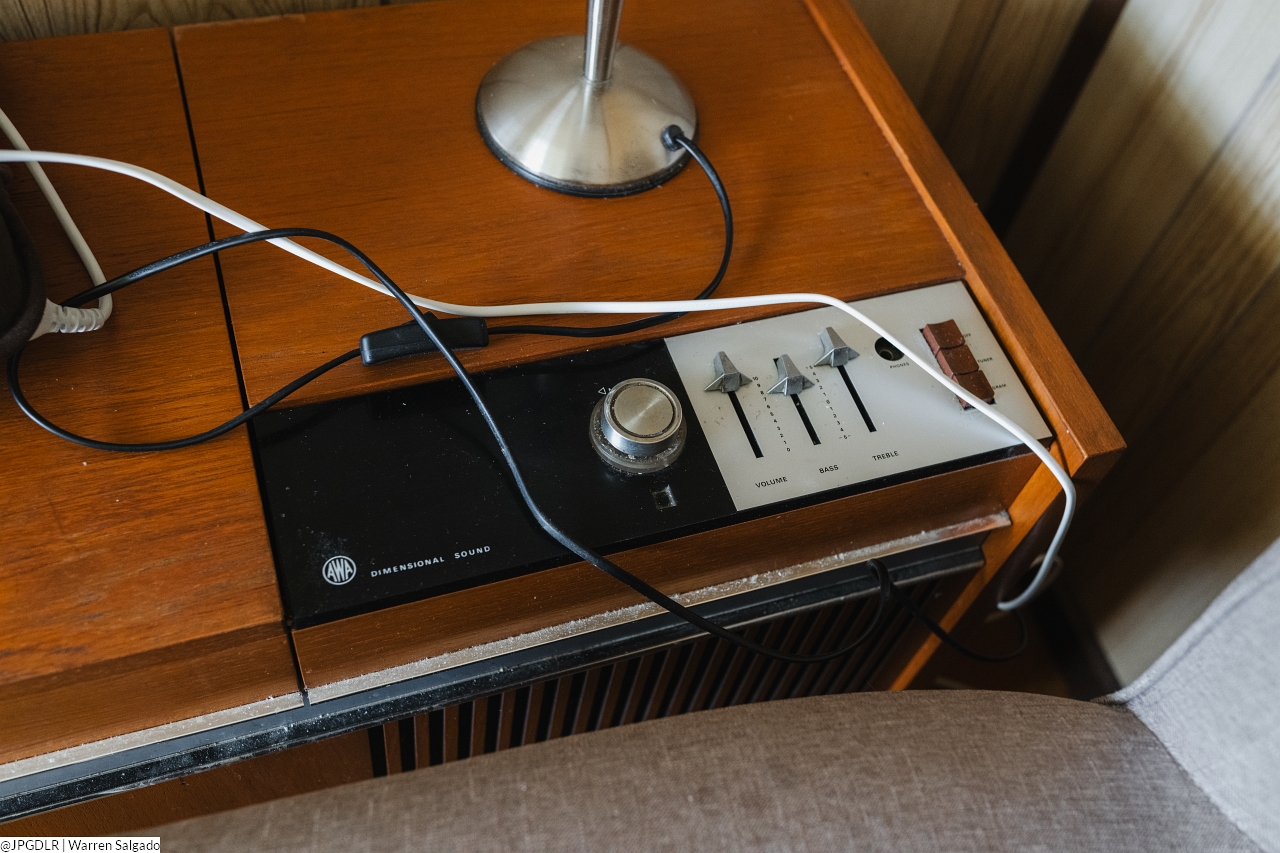
The textures tell the story—wood grain, rust, carpet, vinyl, plastic. It’s all there.
This house is an archive of the ordinary. A place where time didn’t stop, but simply slowed down enough to be noticed. Every room is a page. Every object, a footnote. And every wear mark, a punctuation.
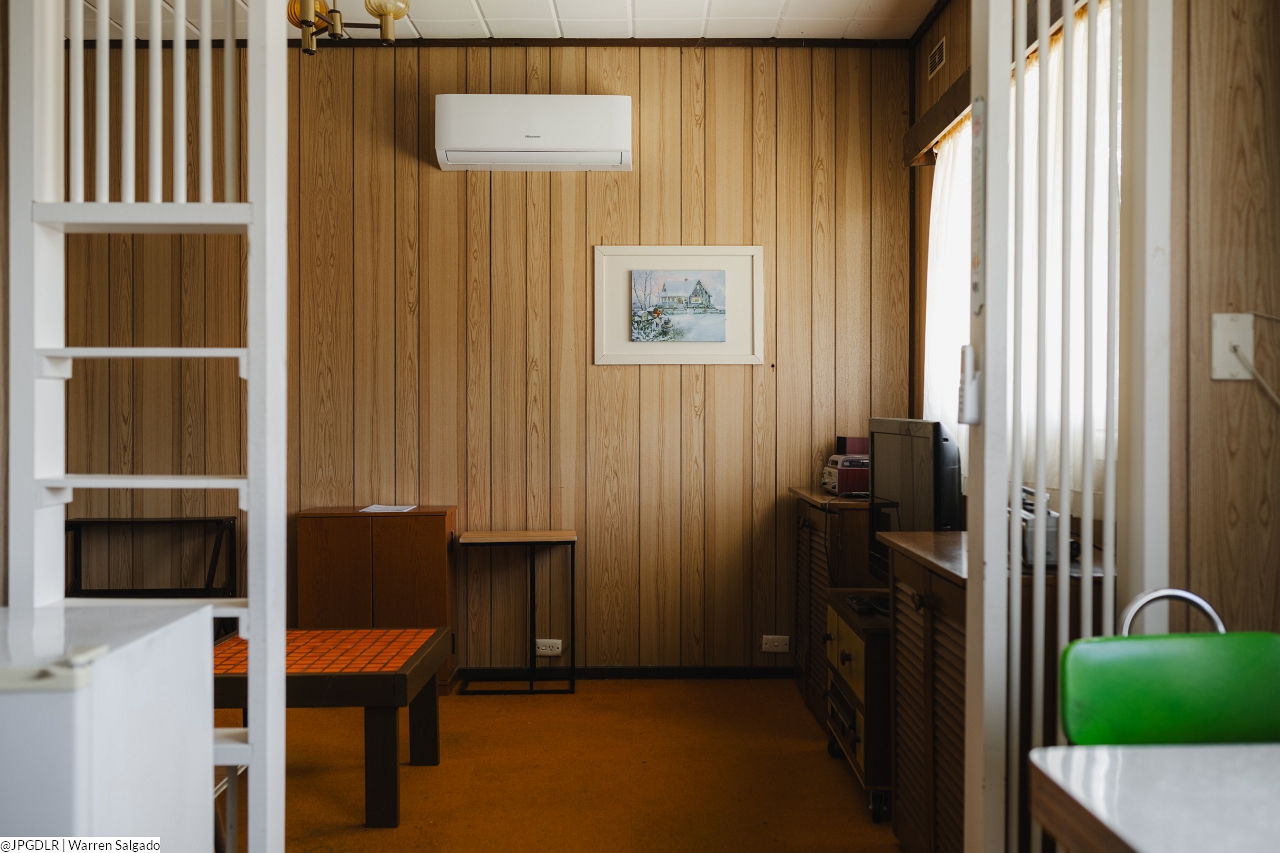
For anyone like me, a house like this invites interpretation without demanding it. This is not a house that was abandoned. It was simply left behind.
Below are a few more images I captured this day.
